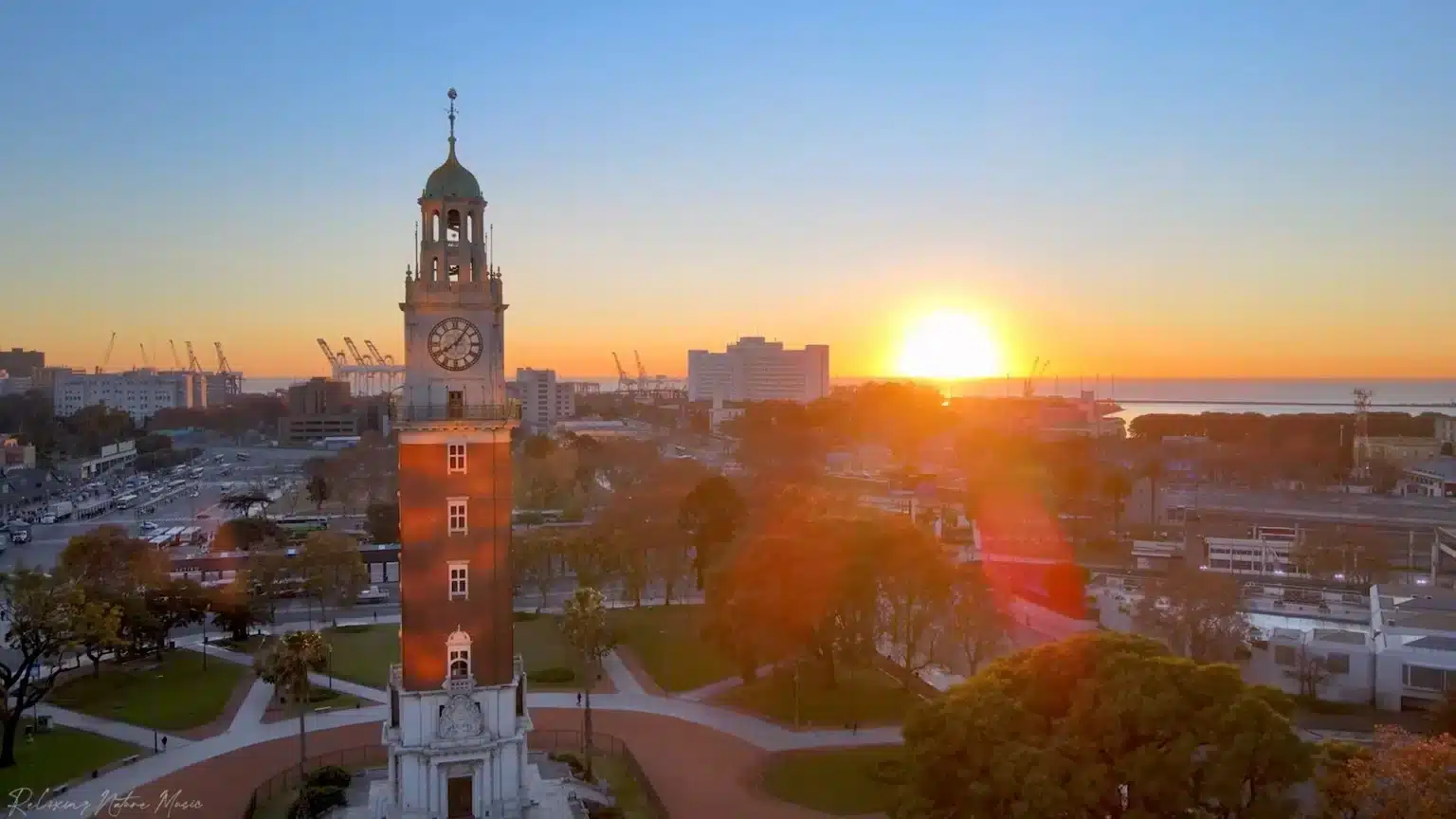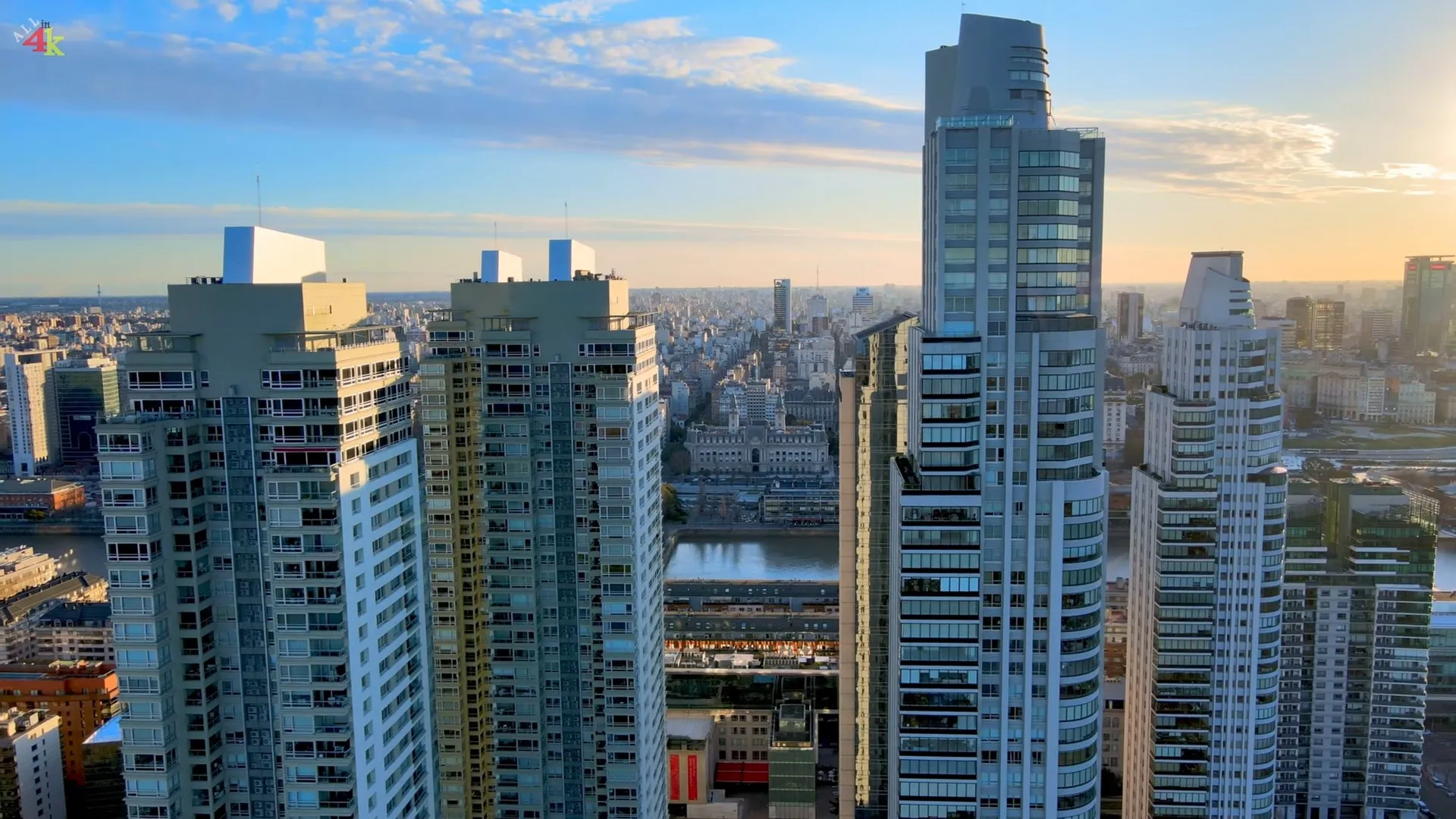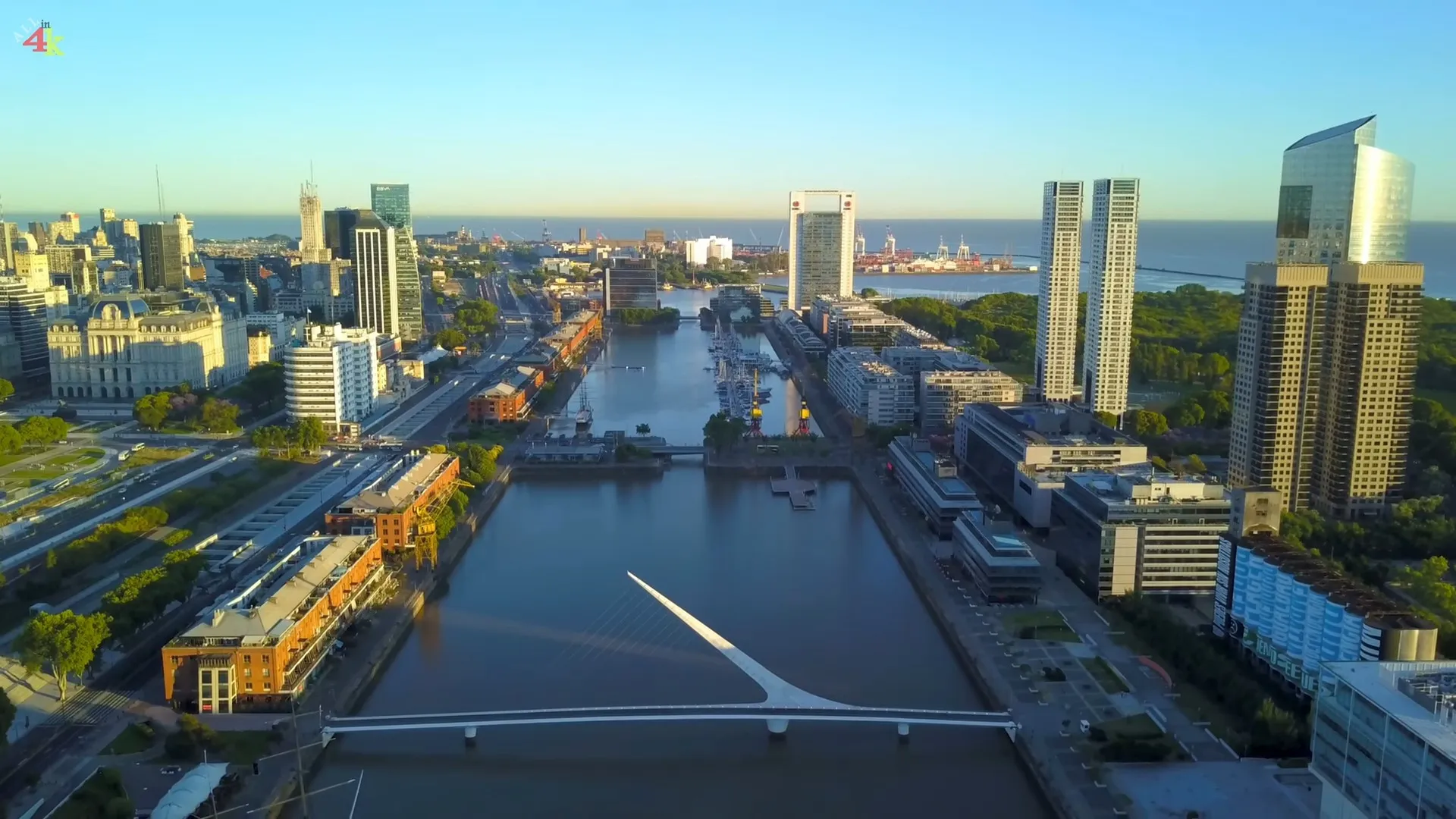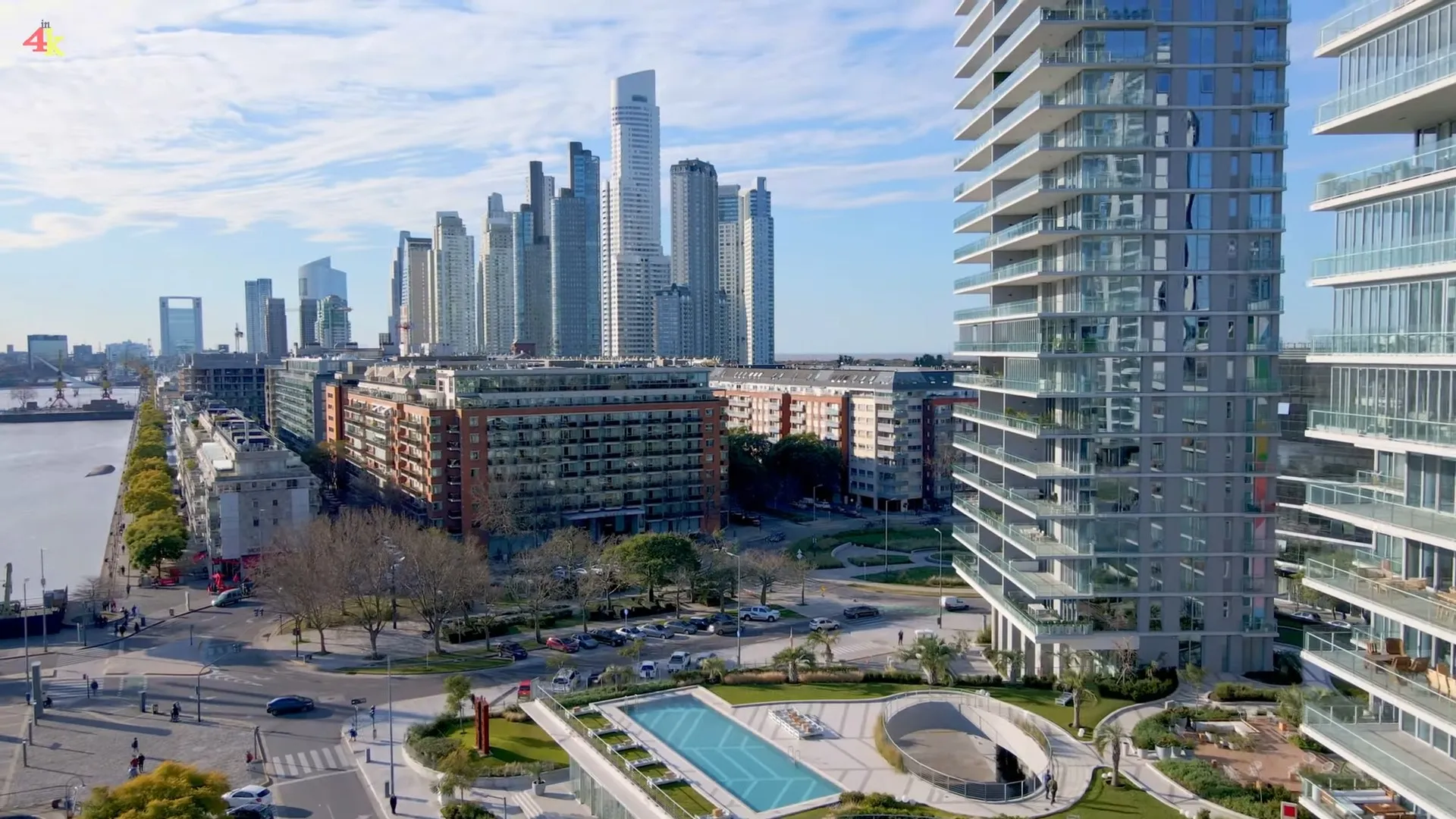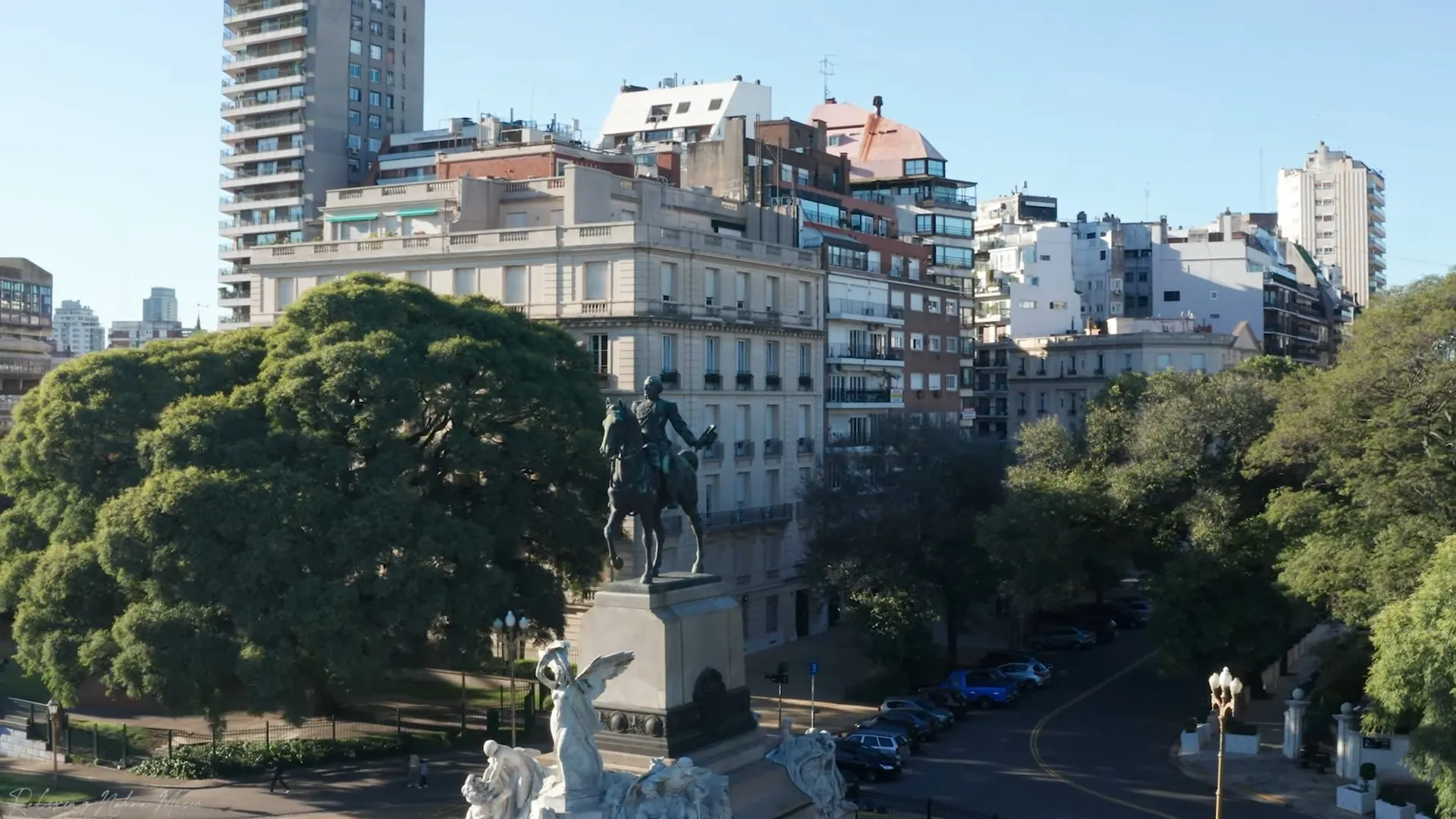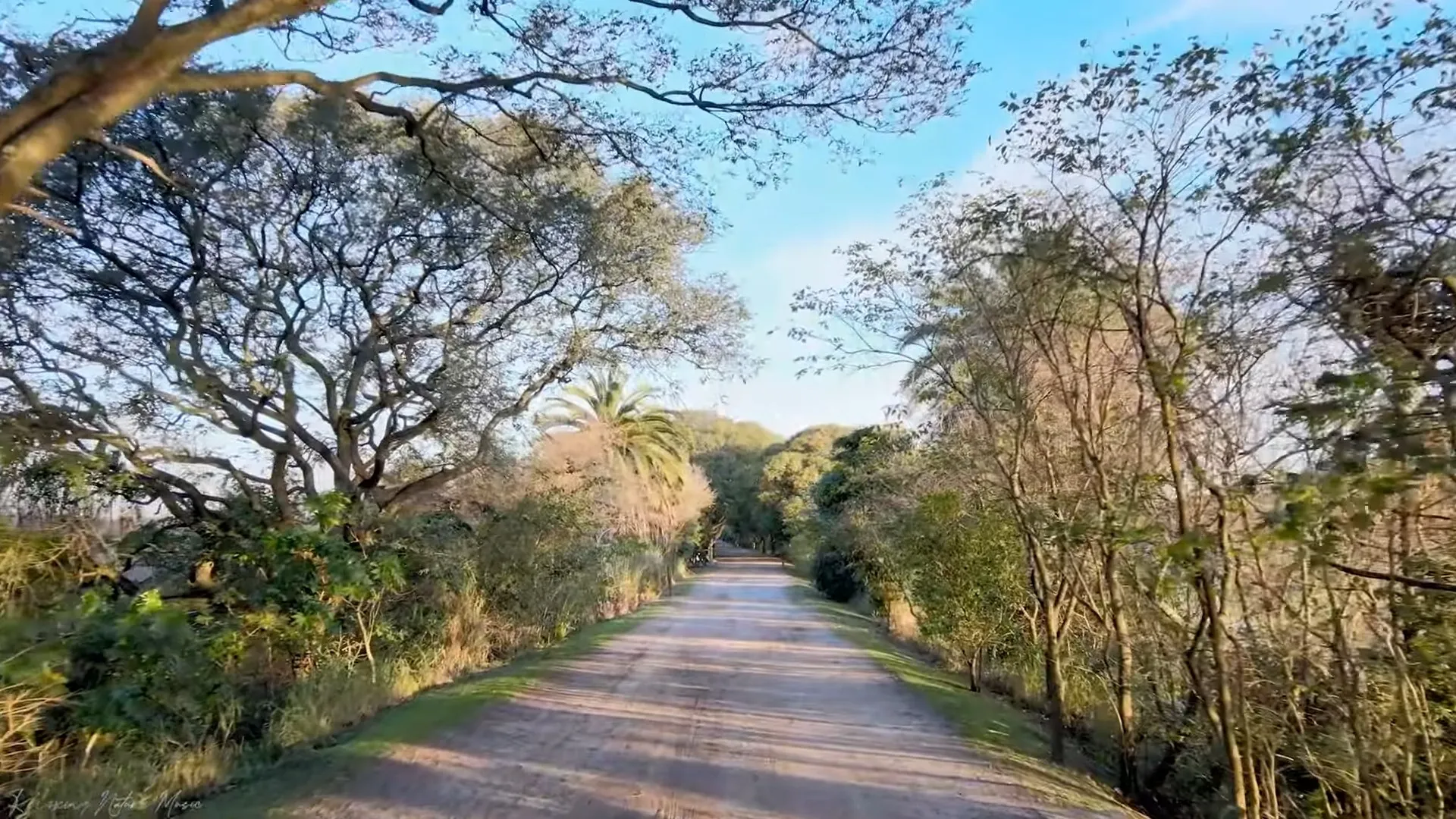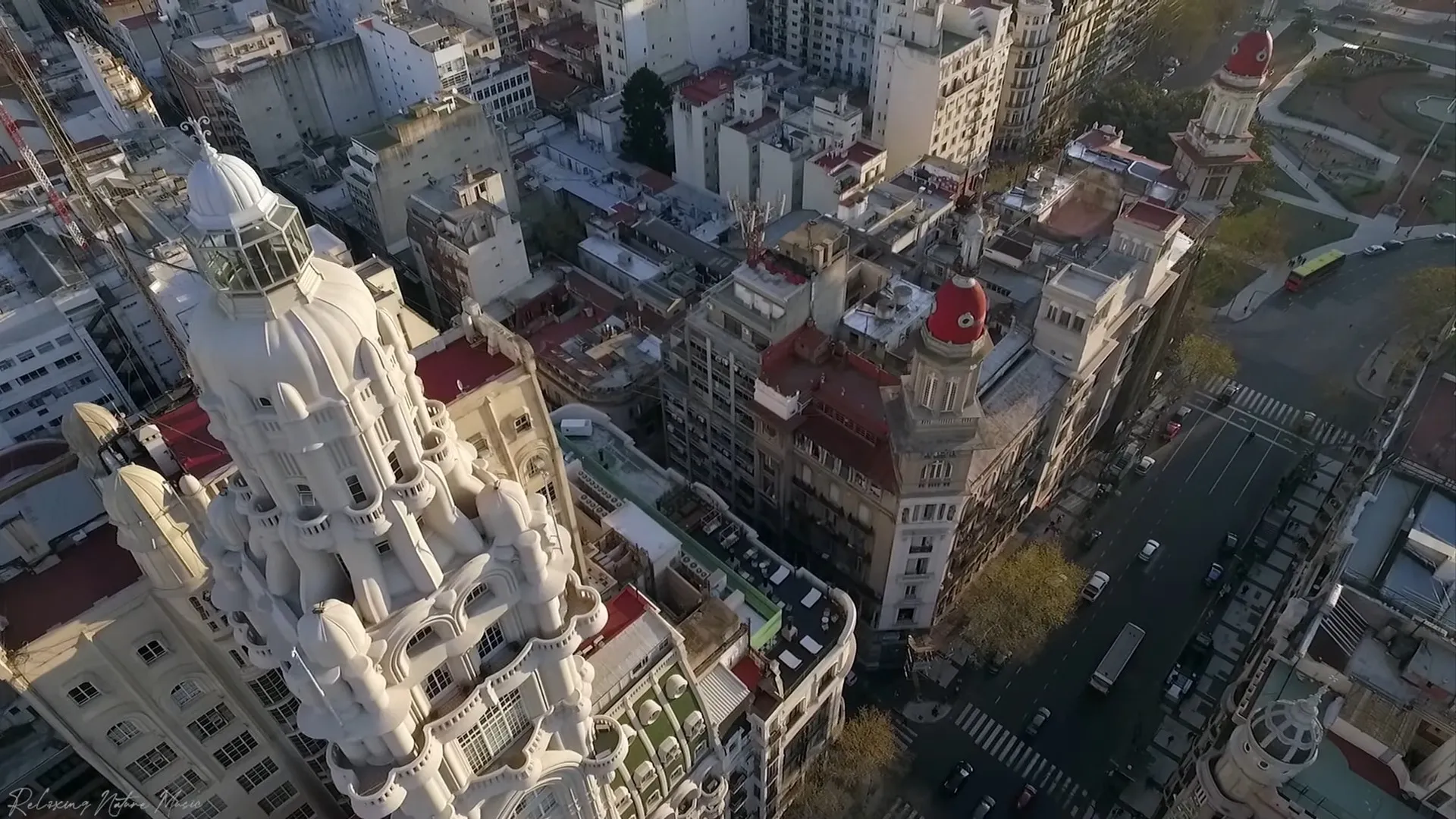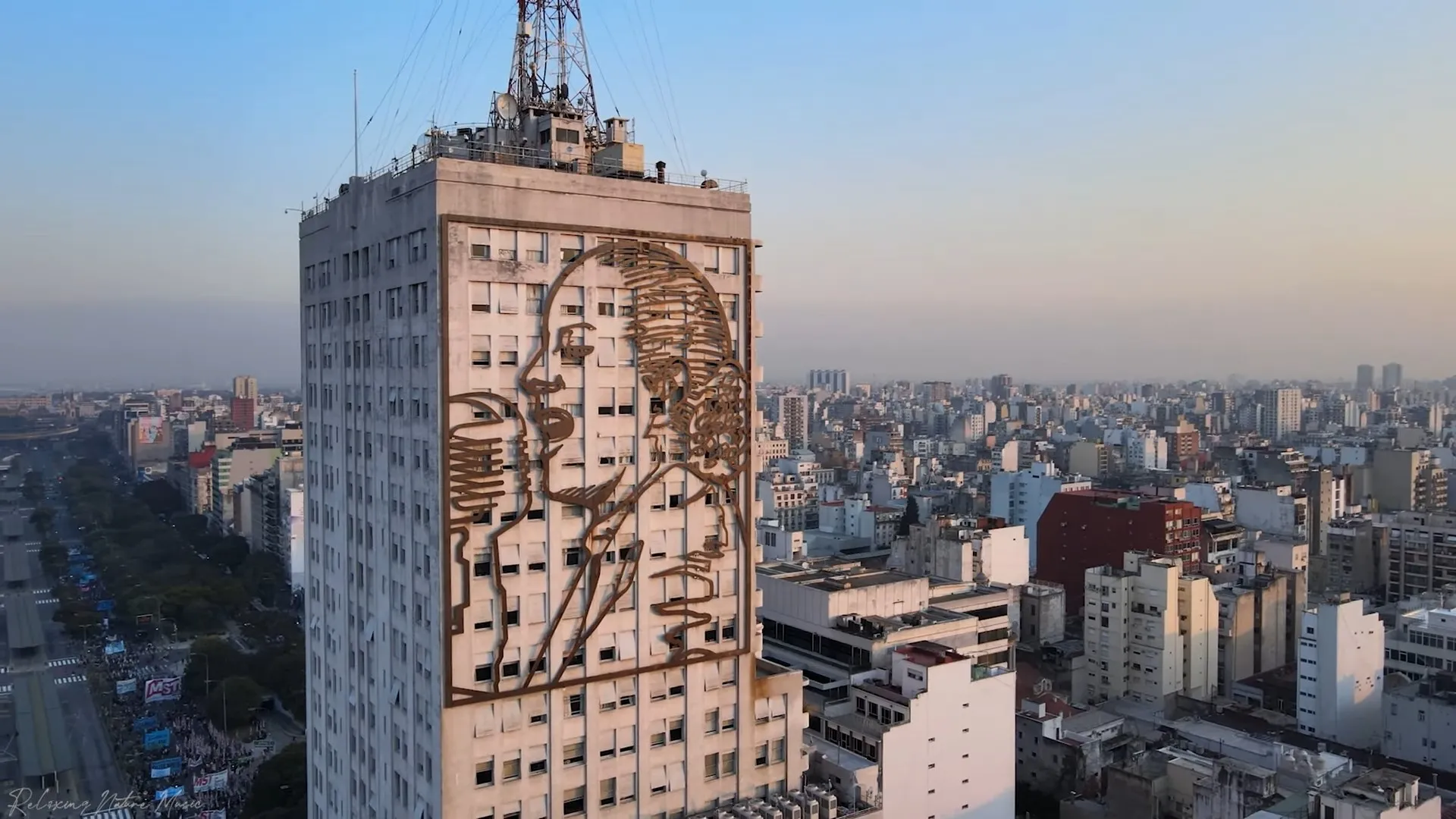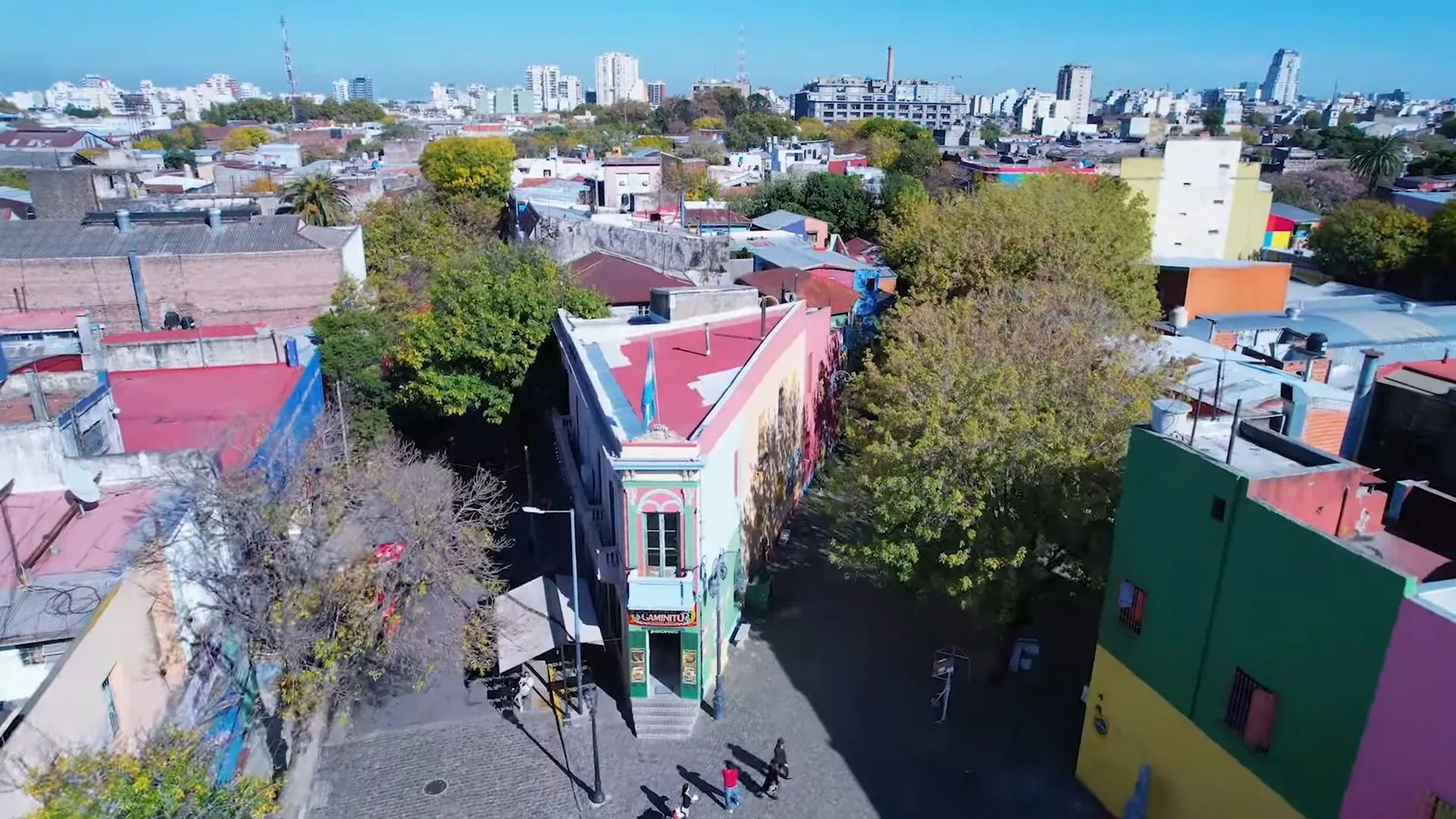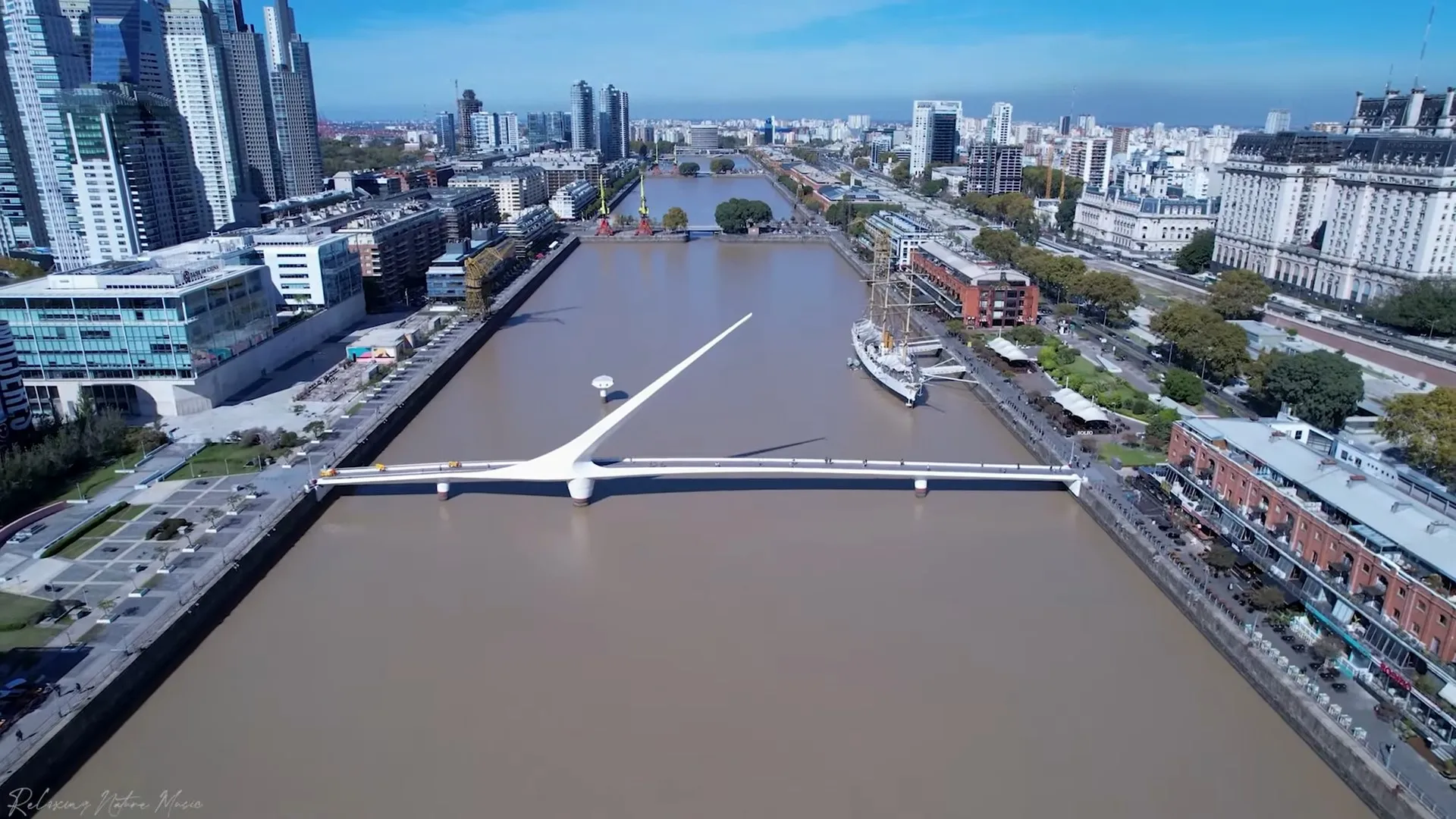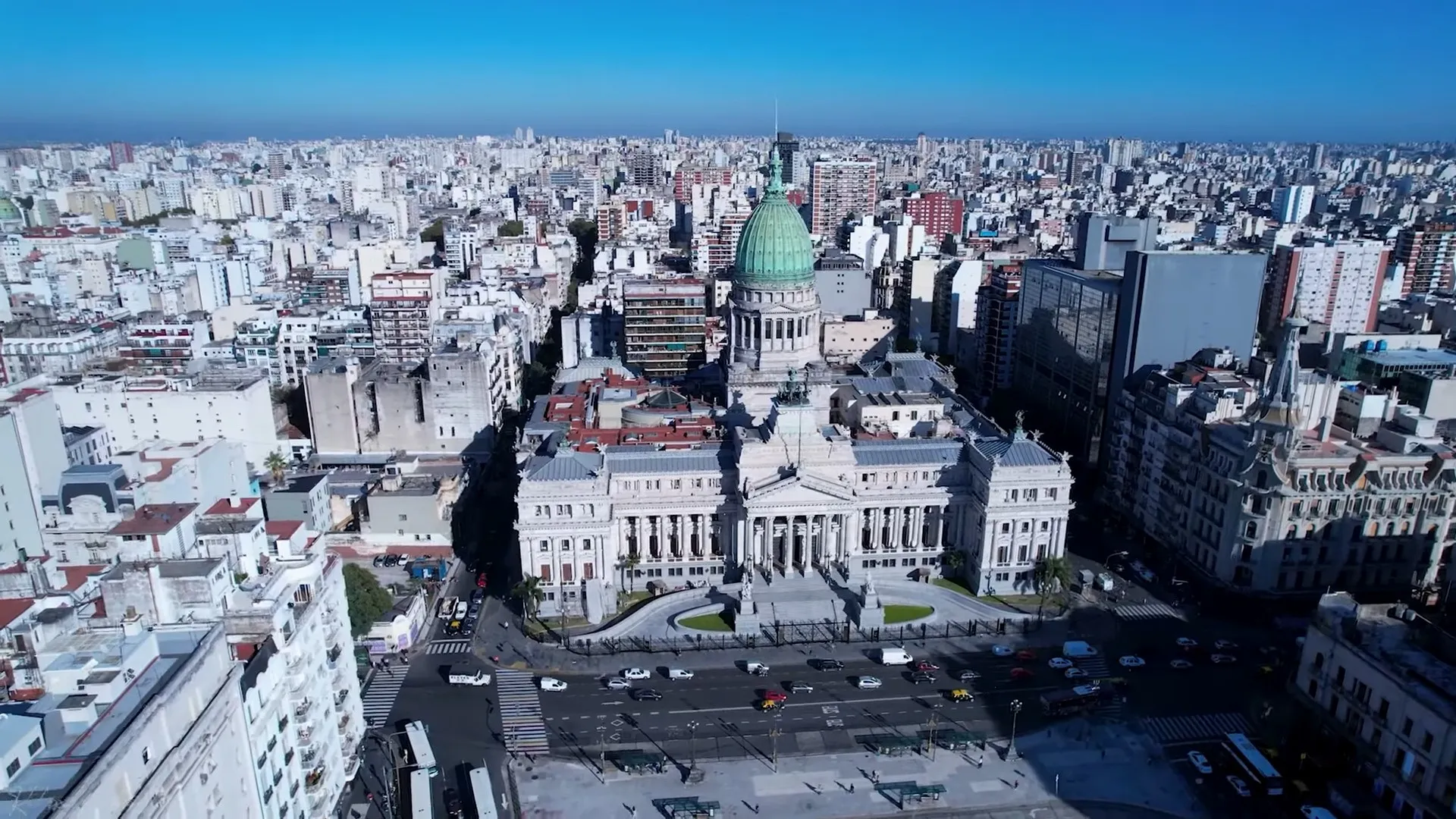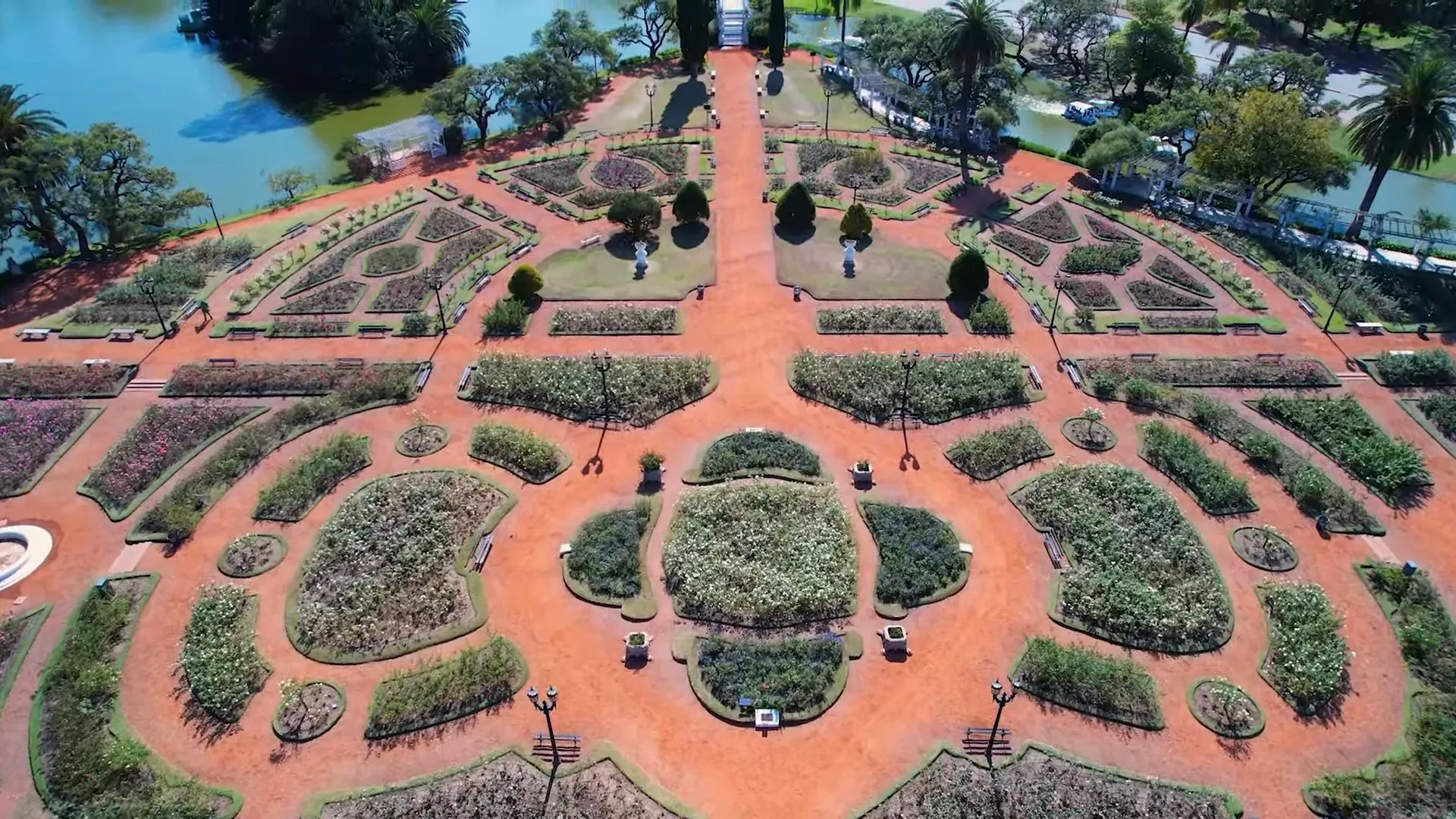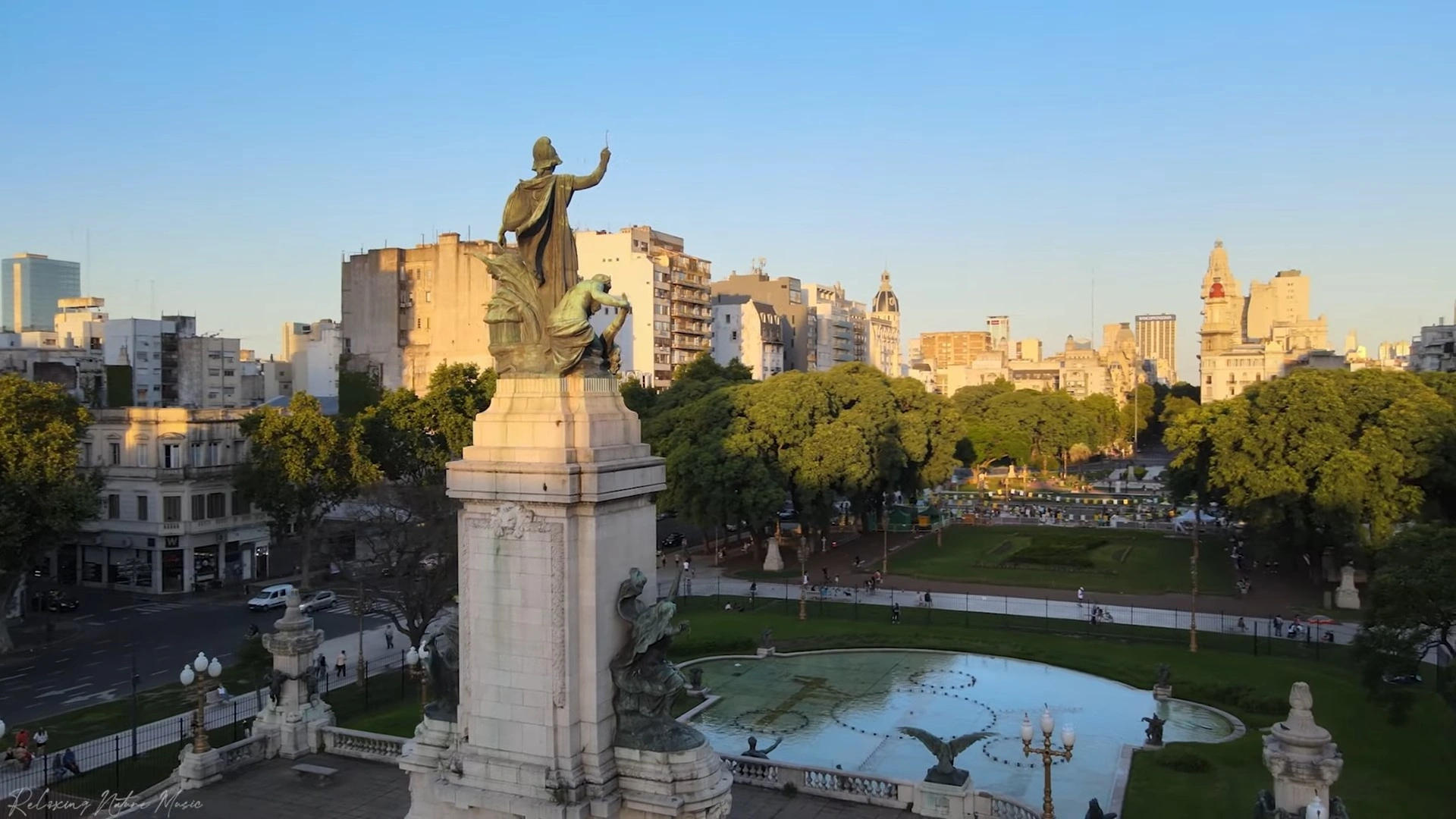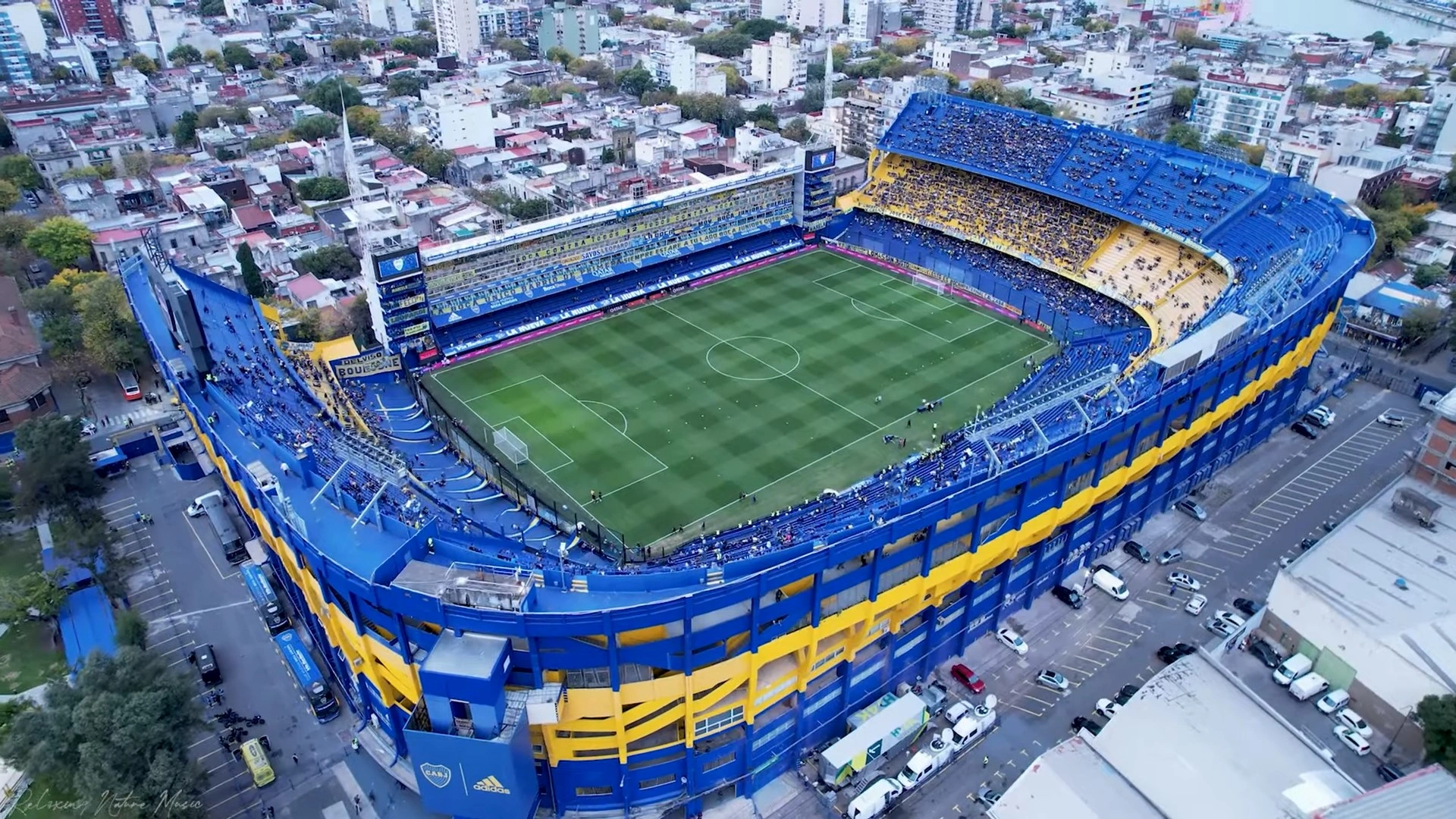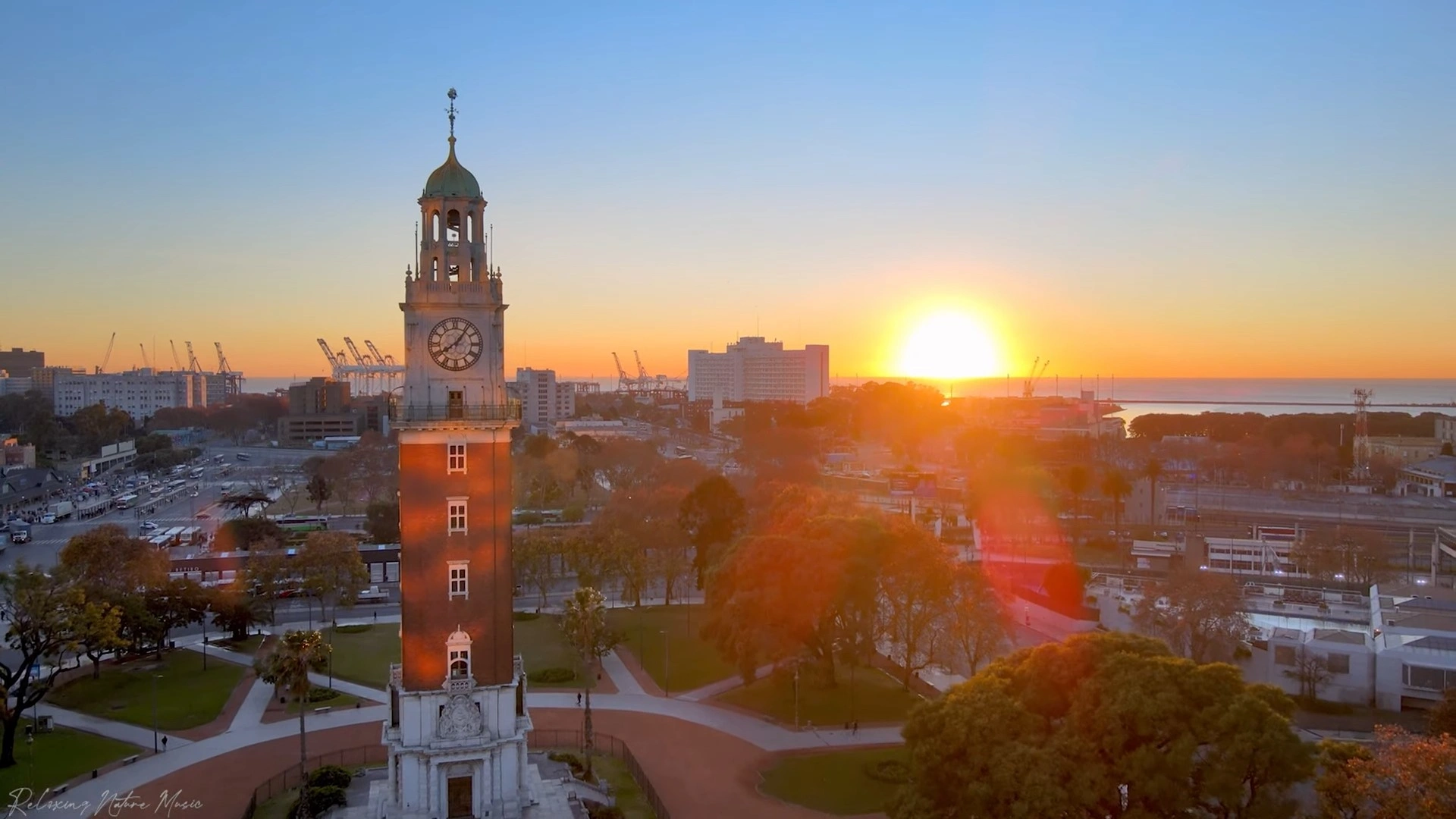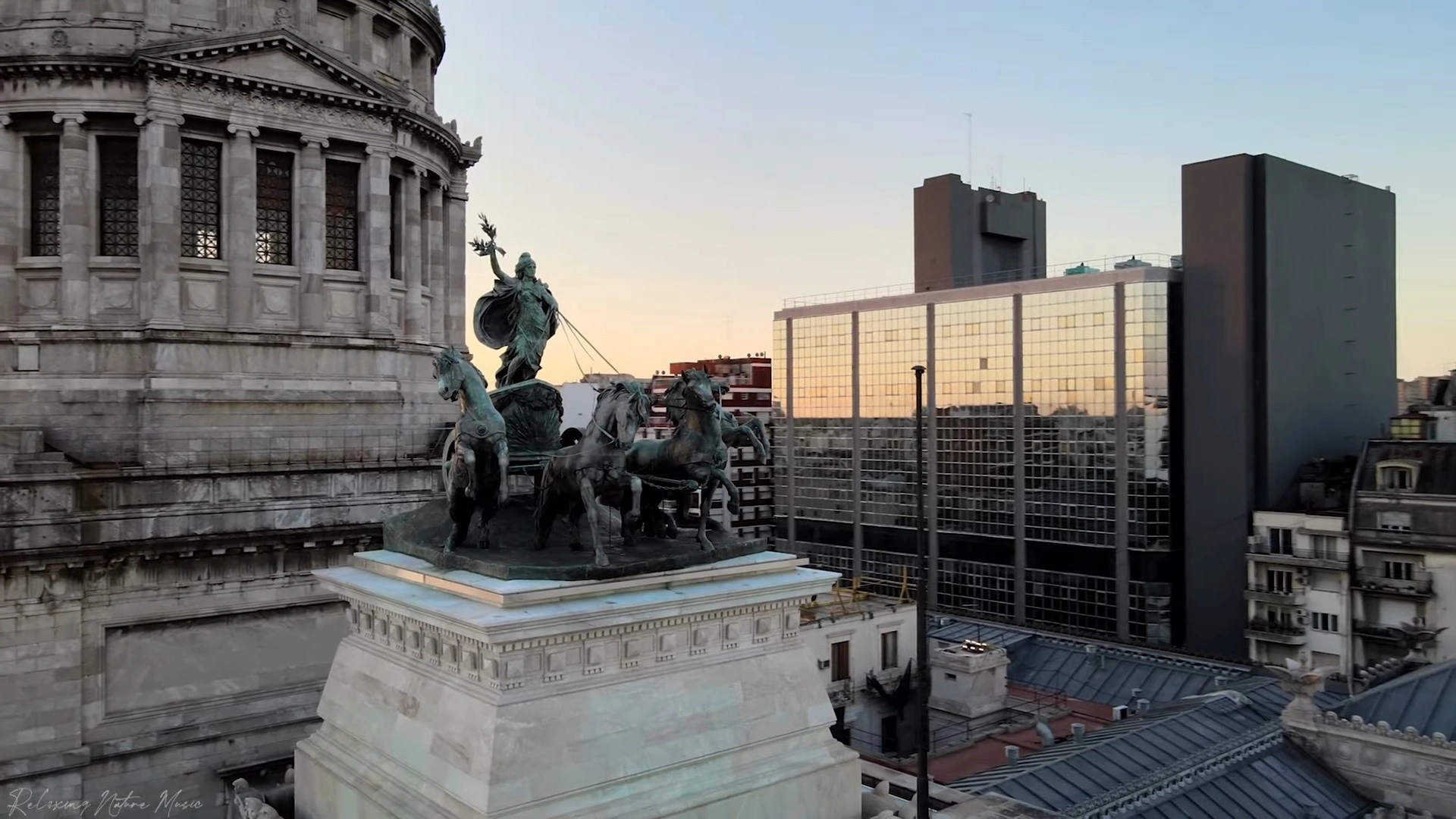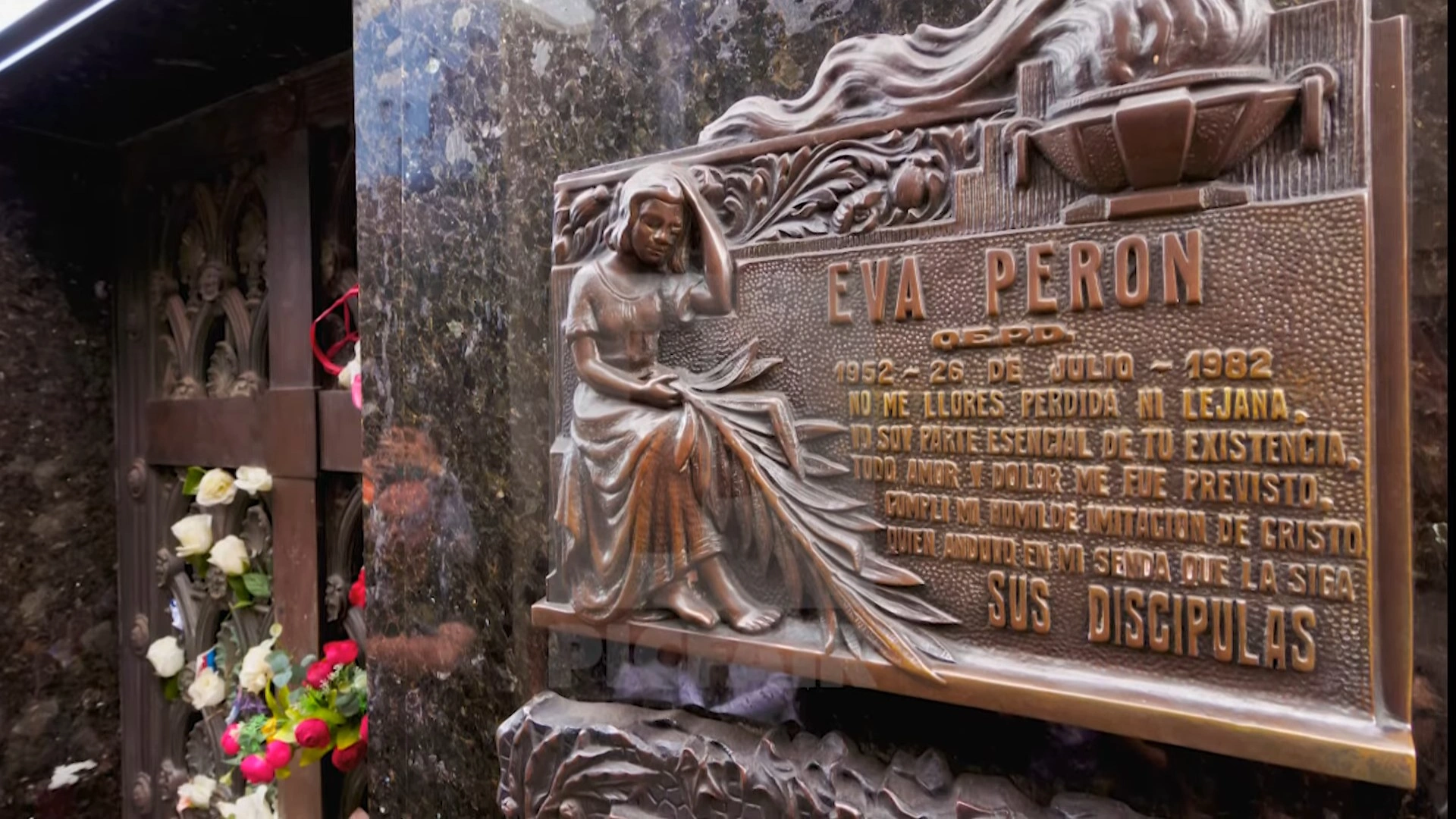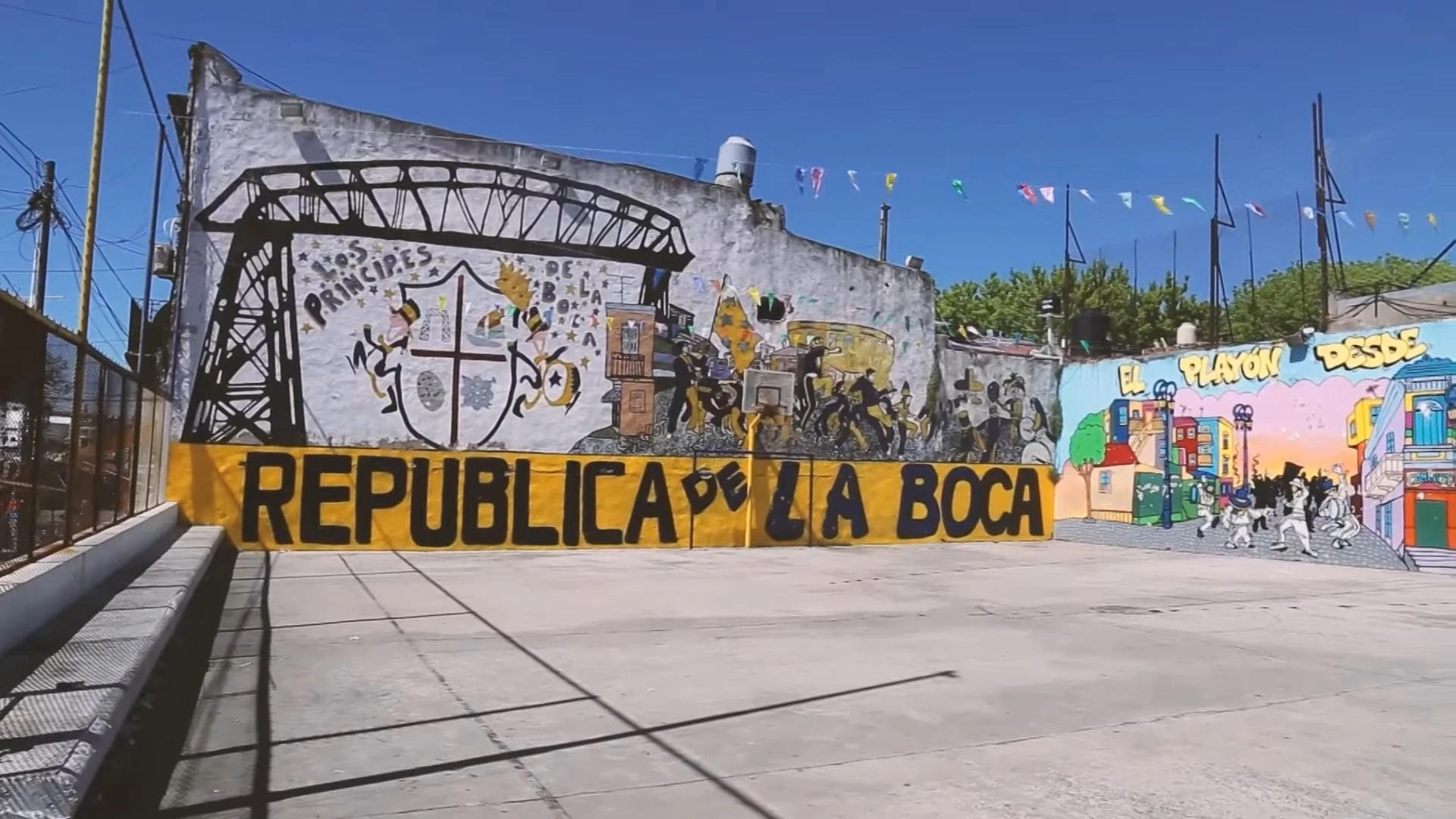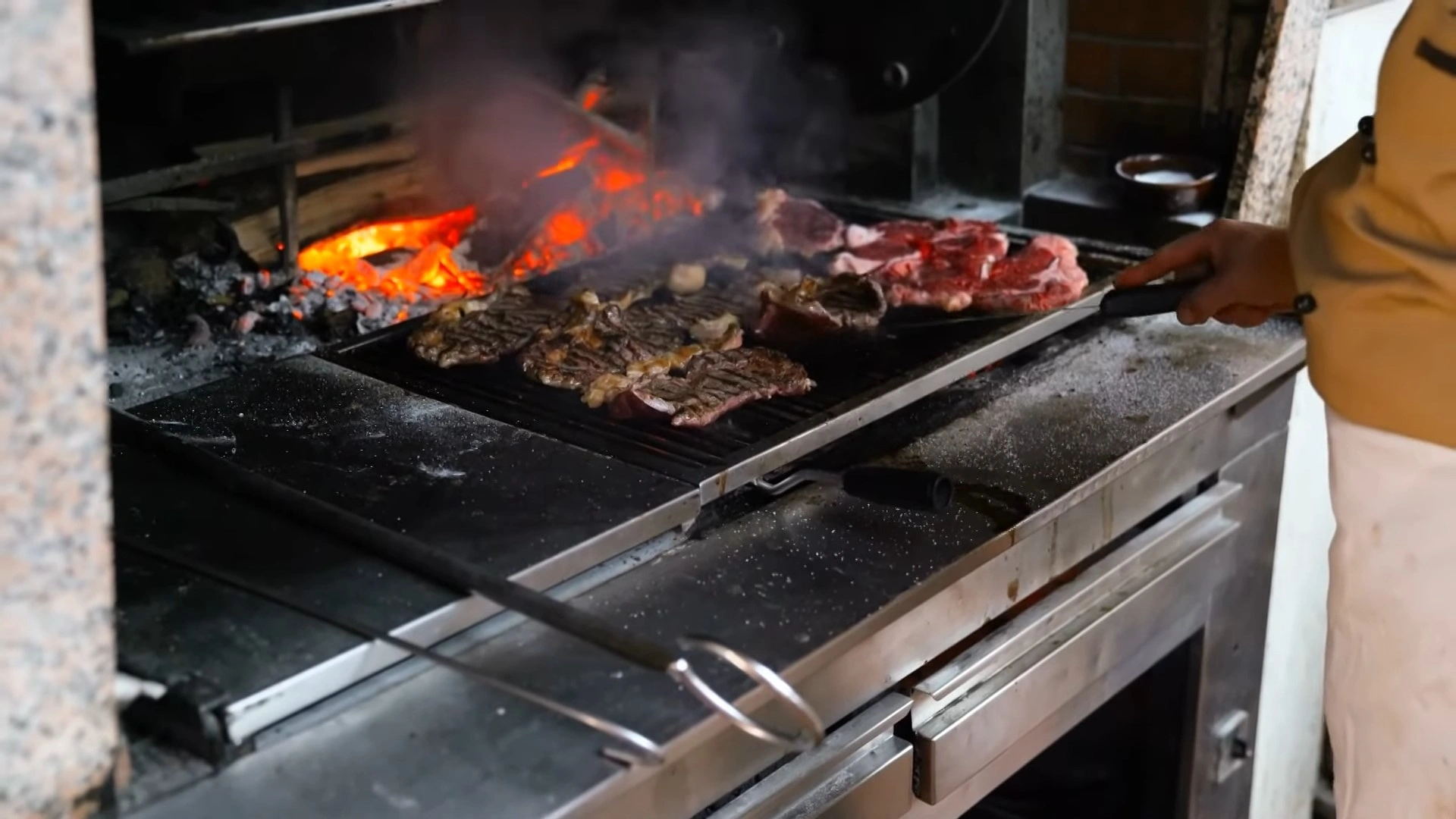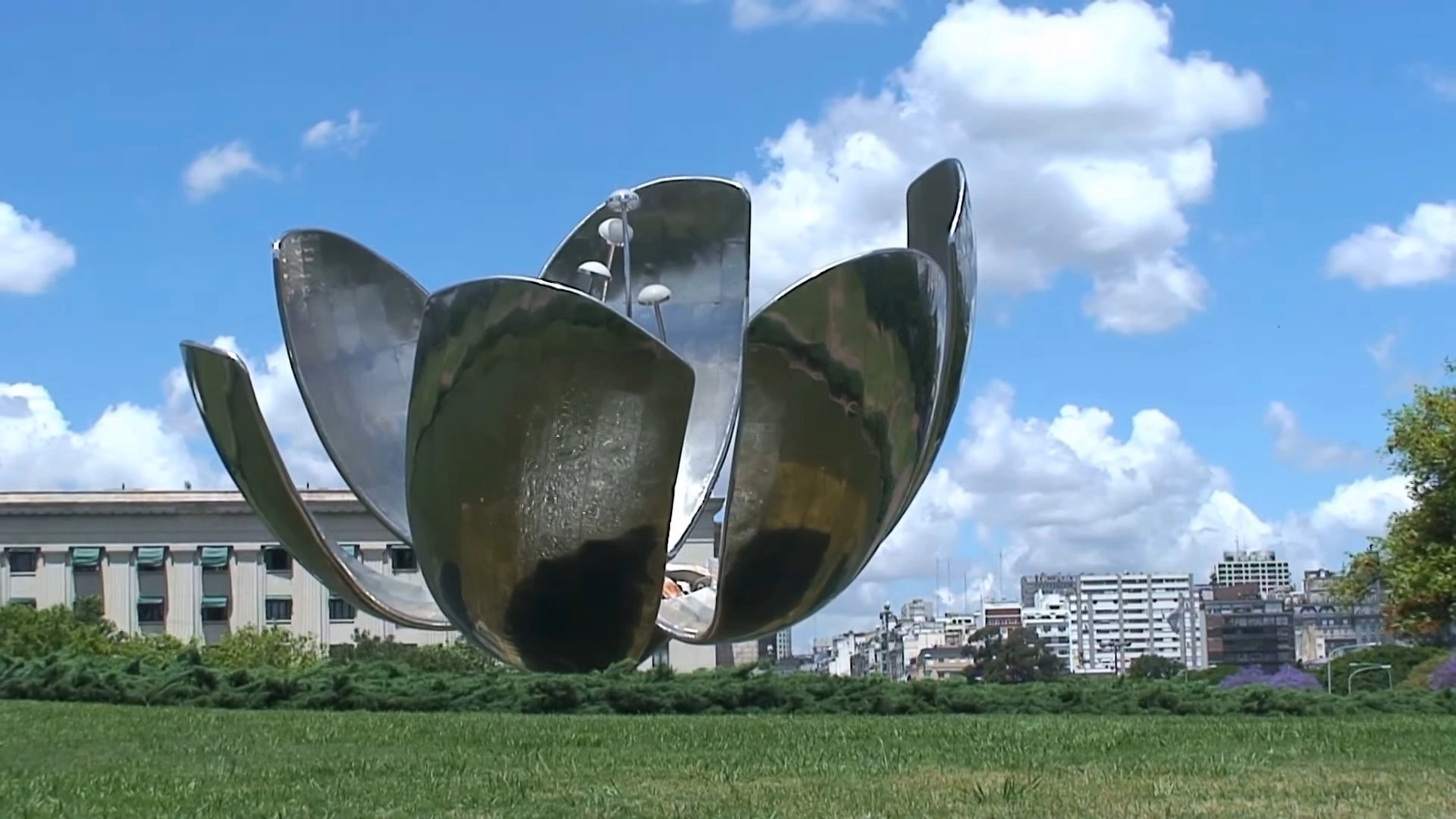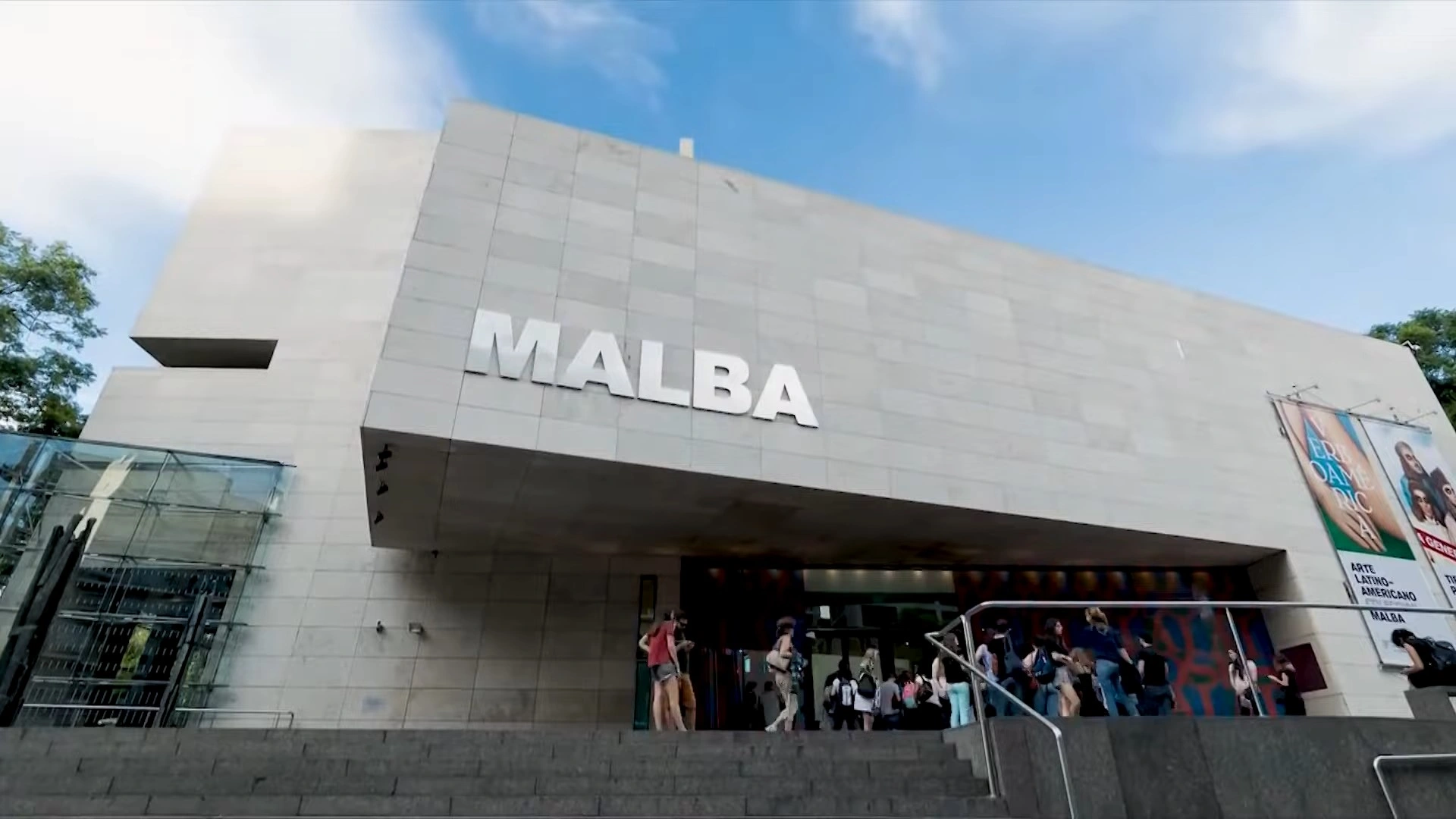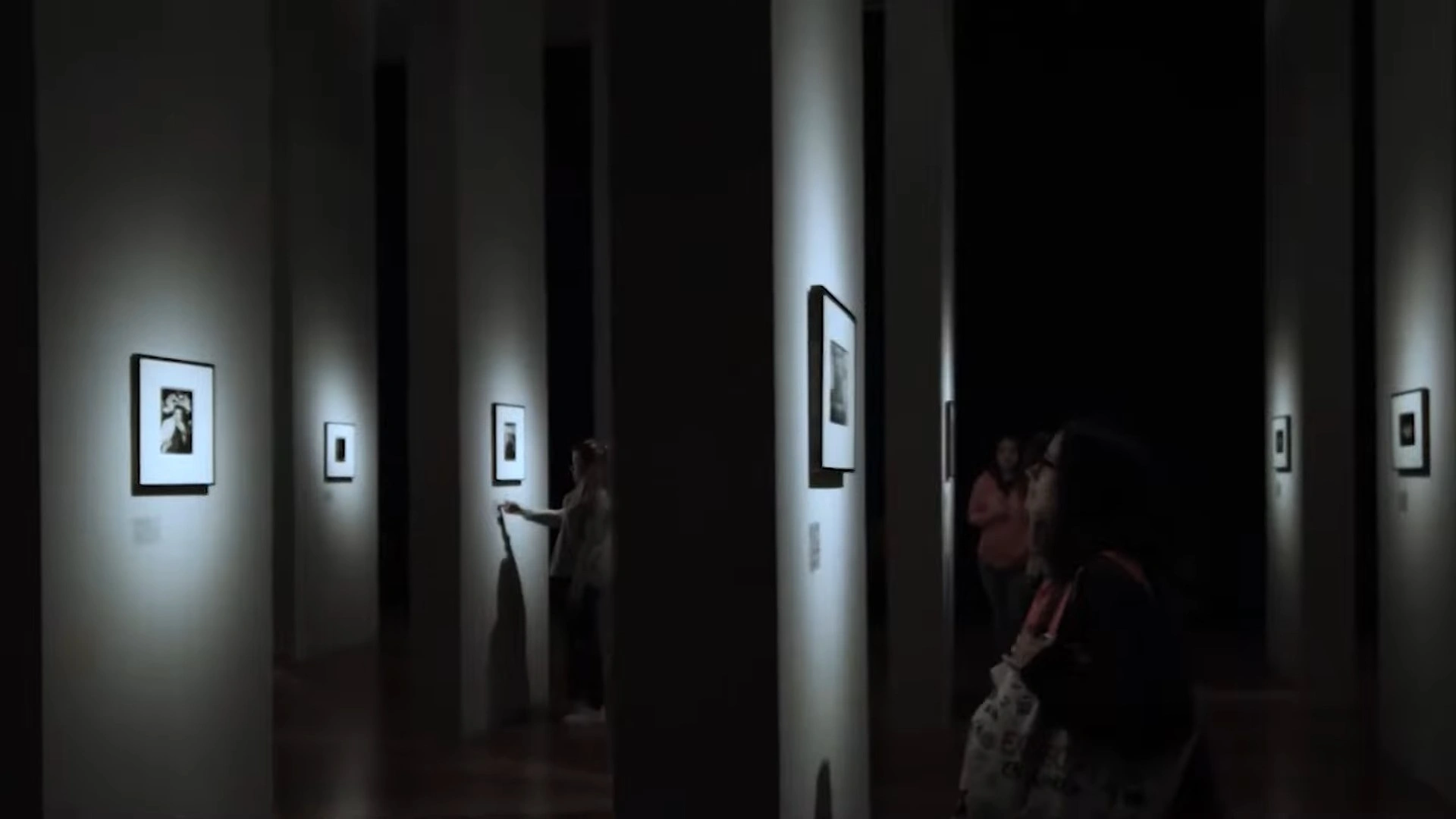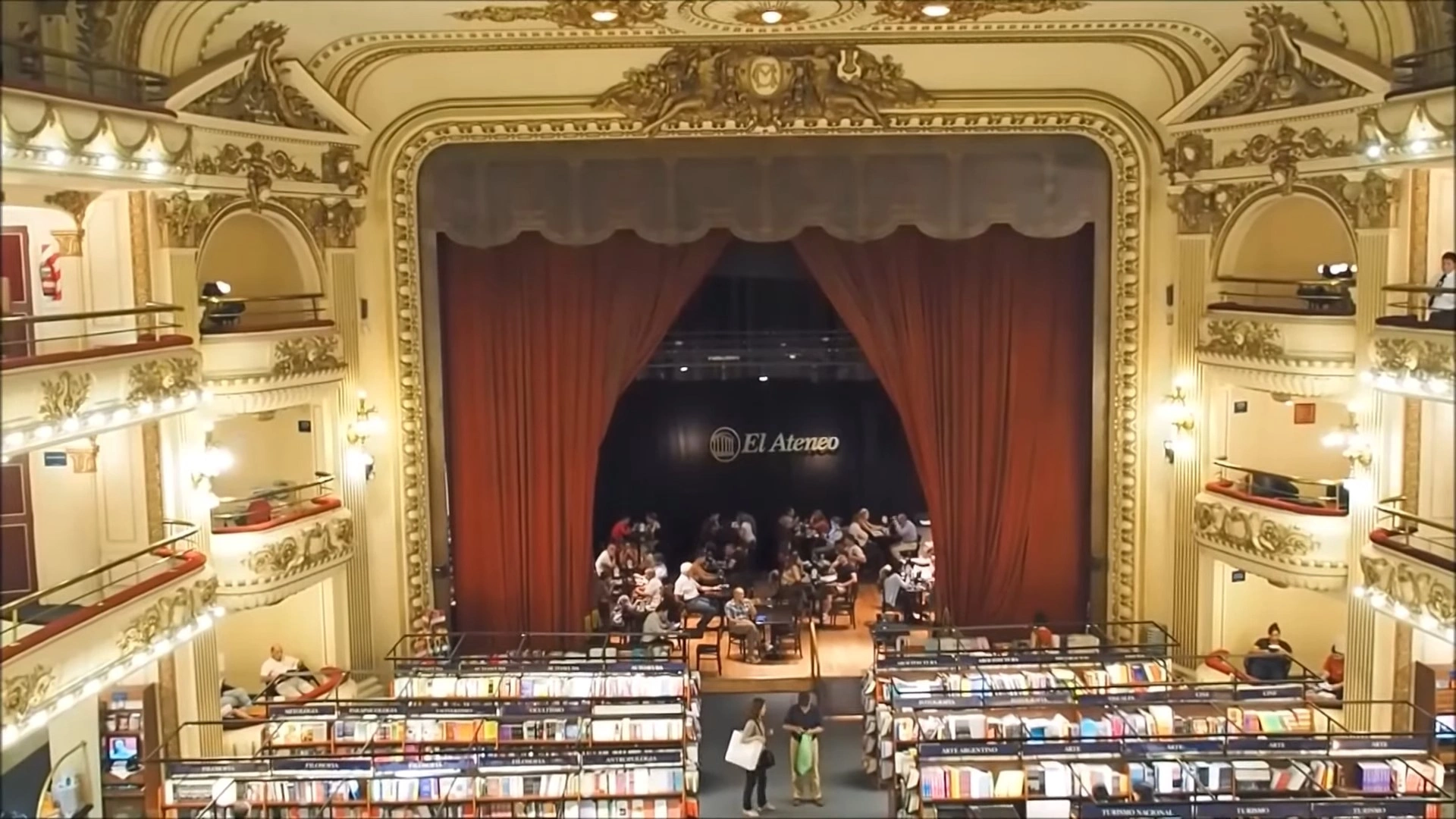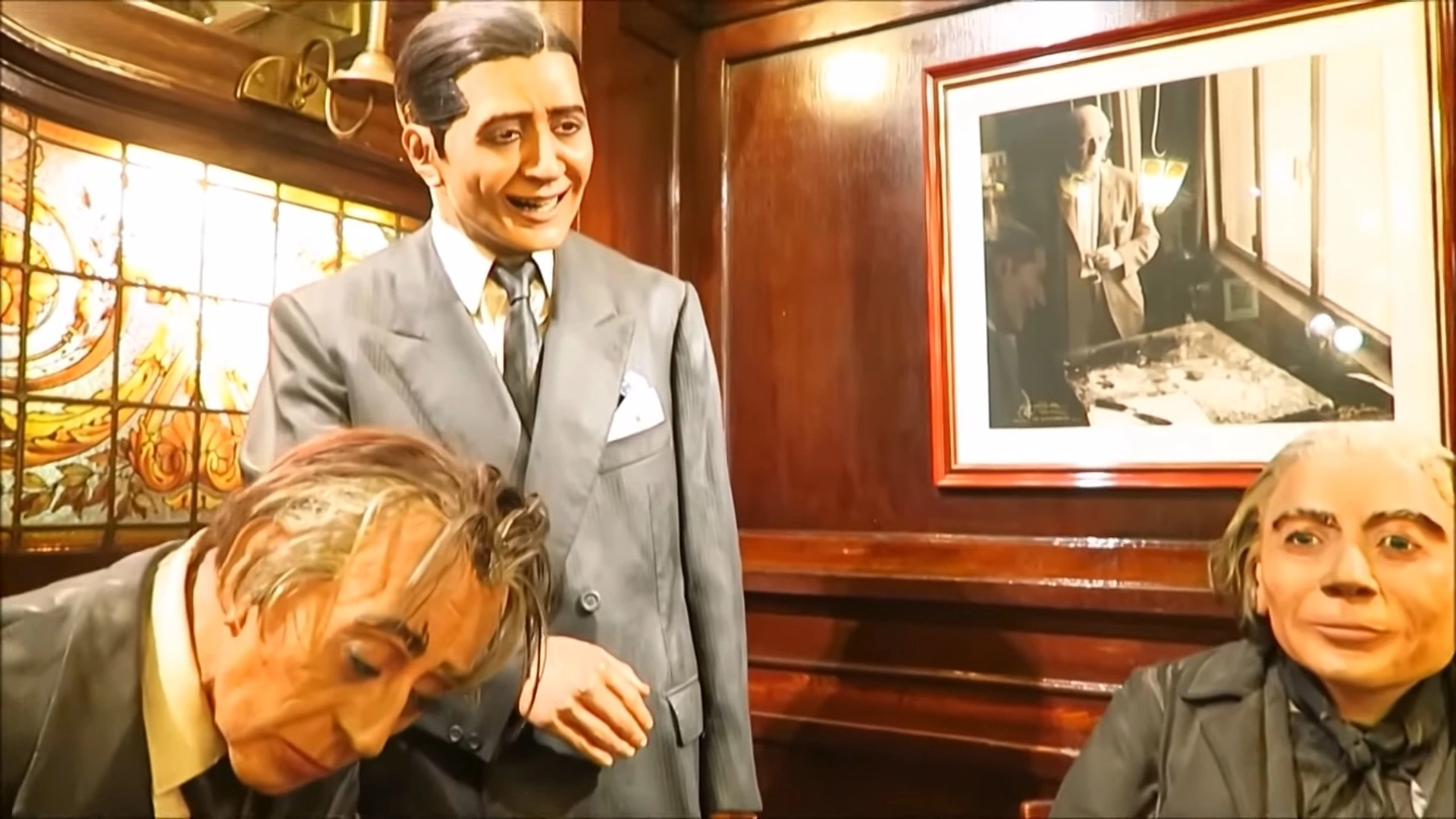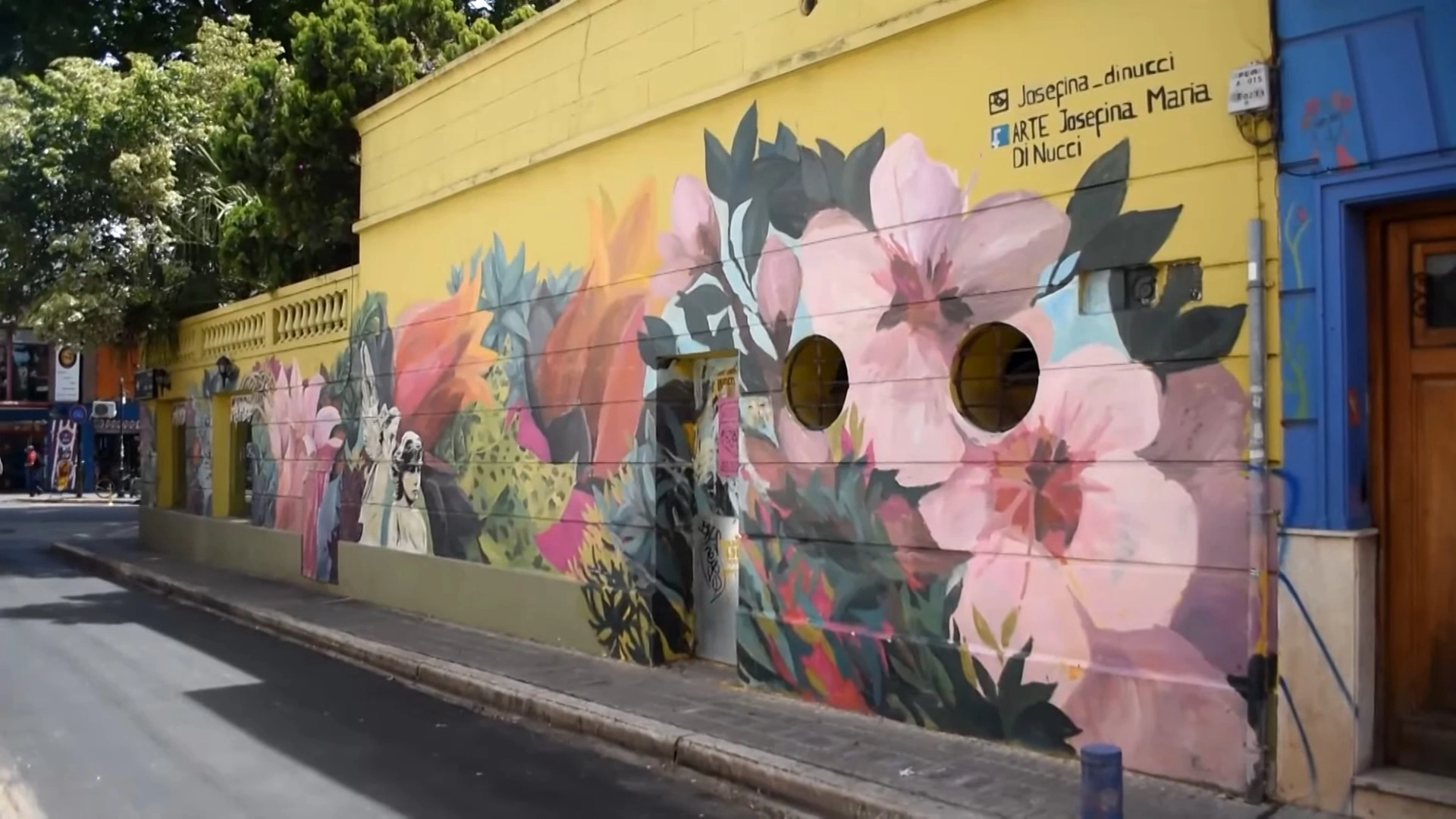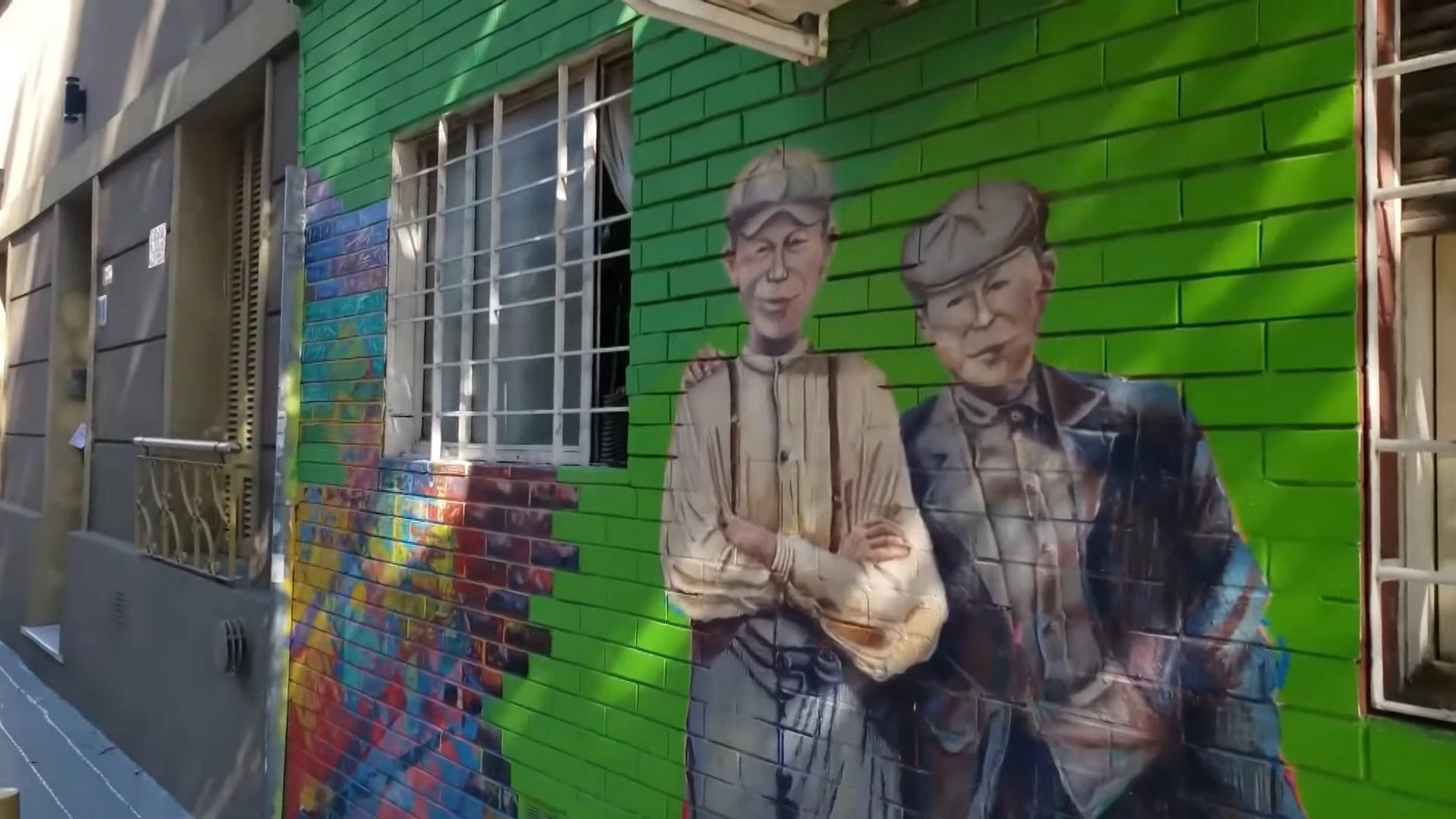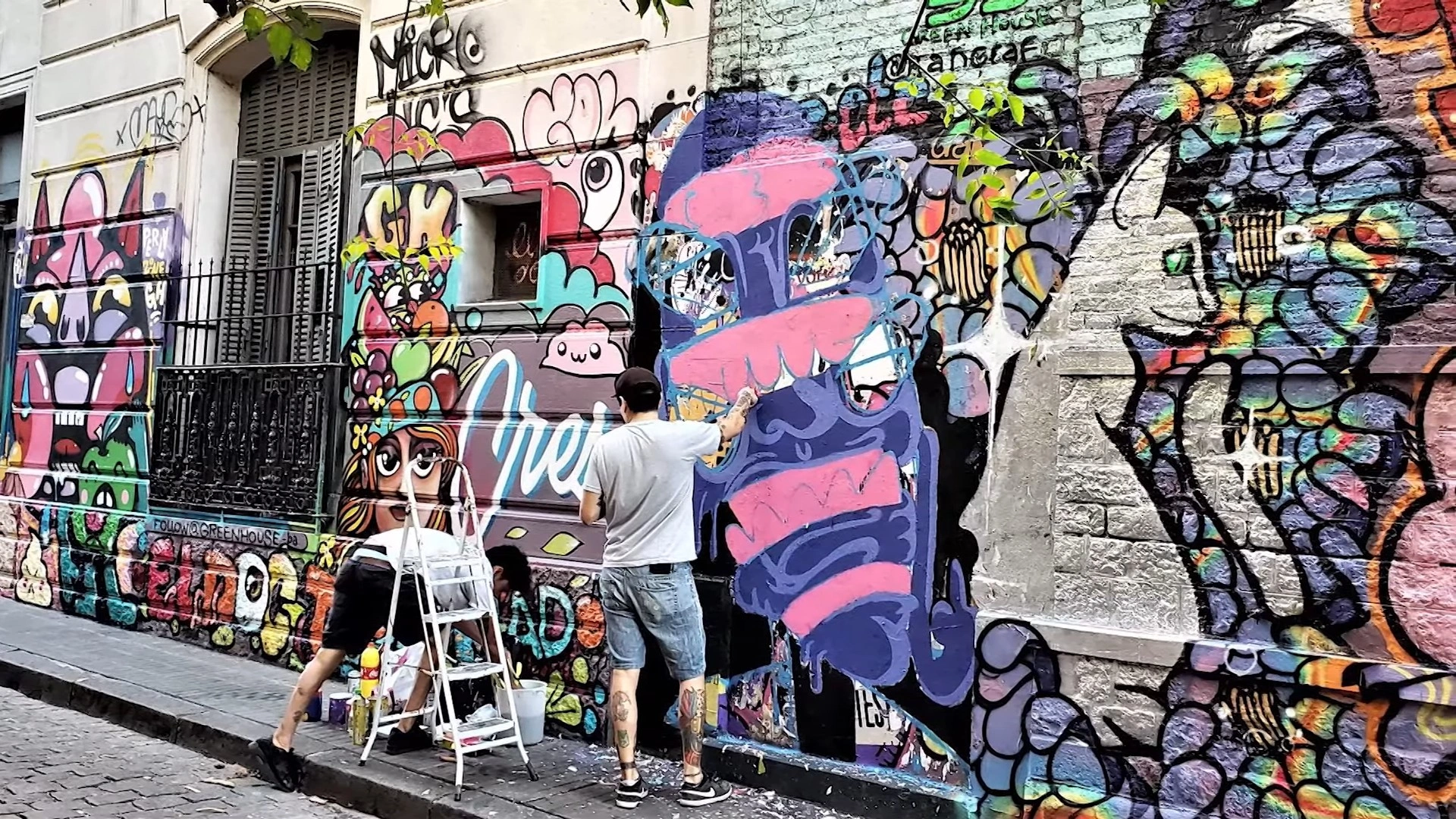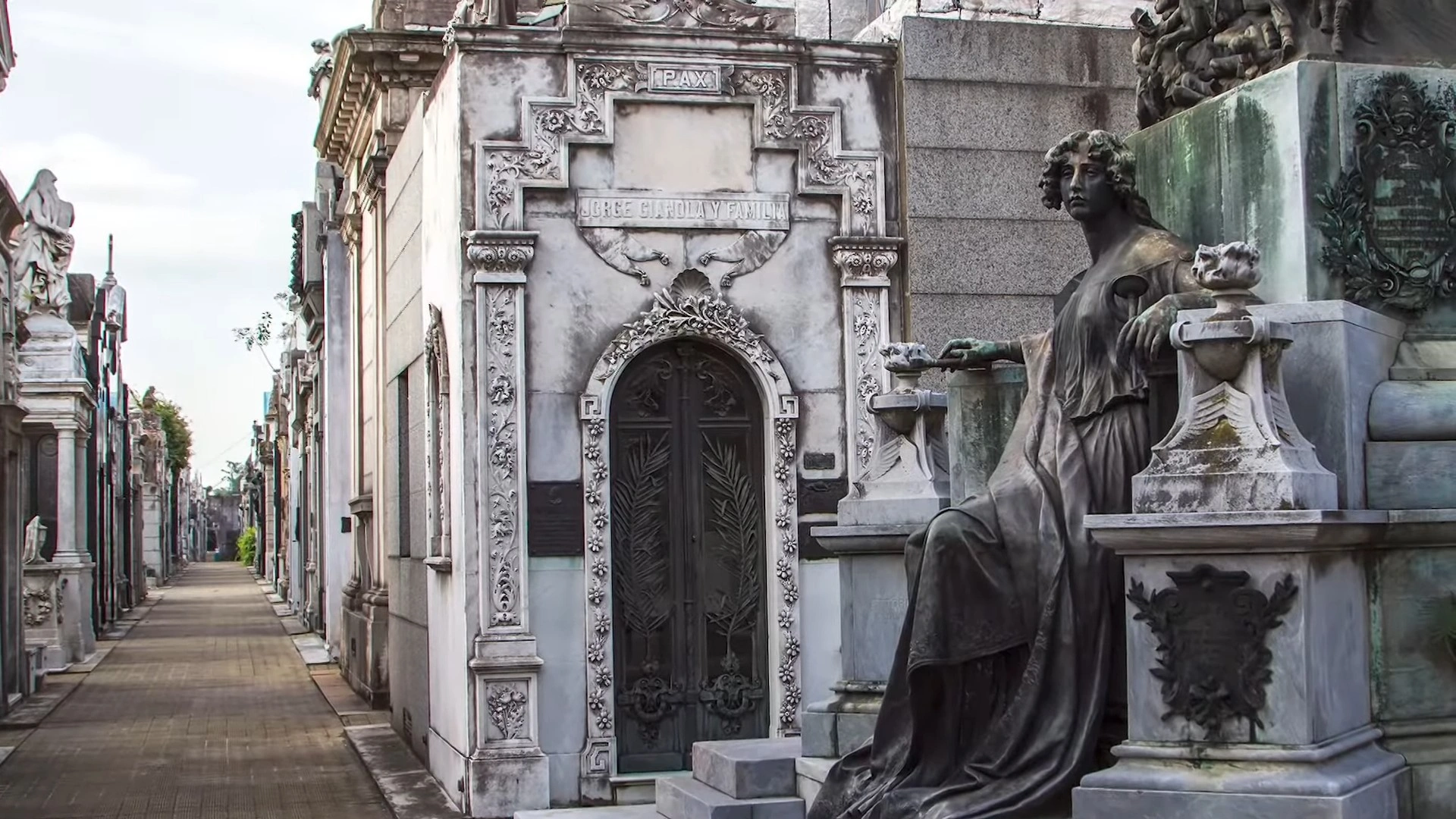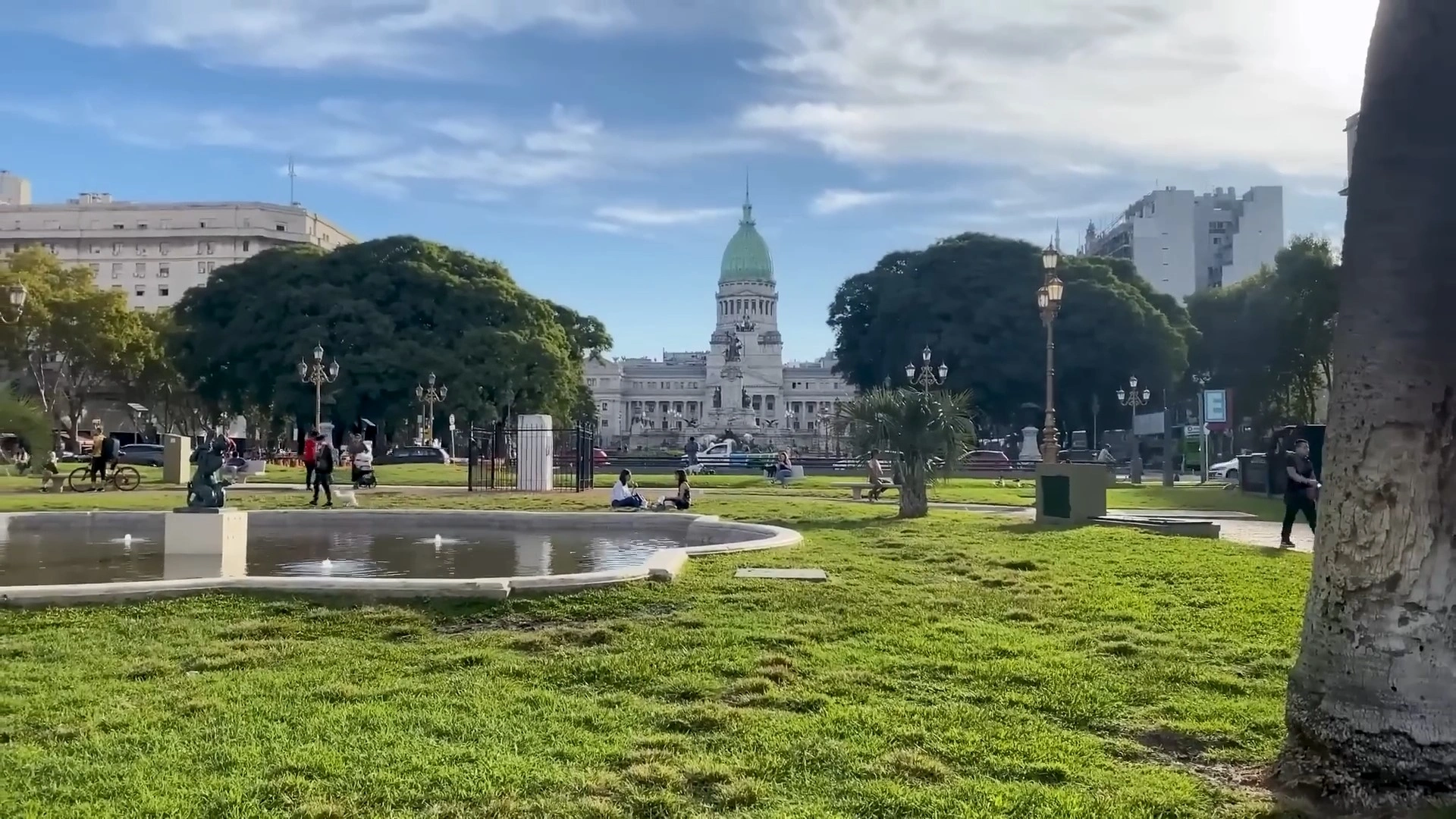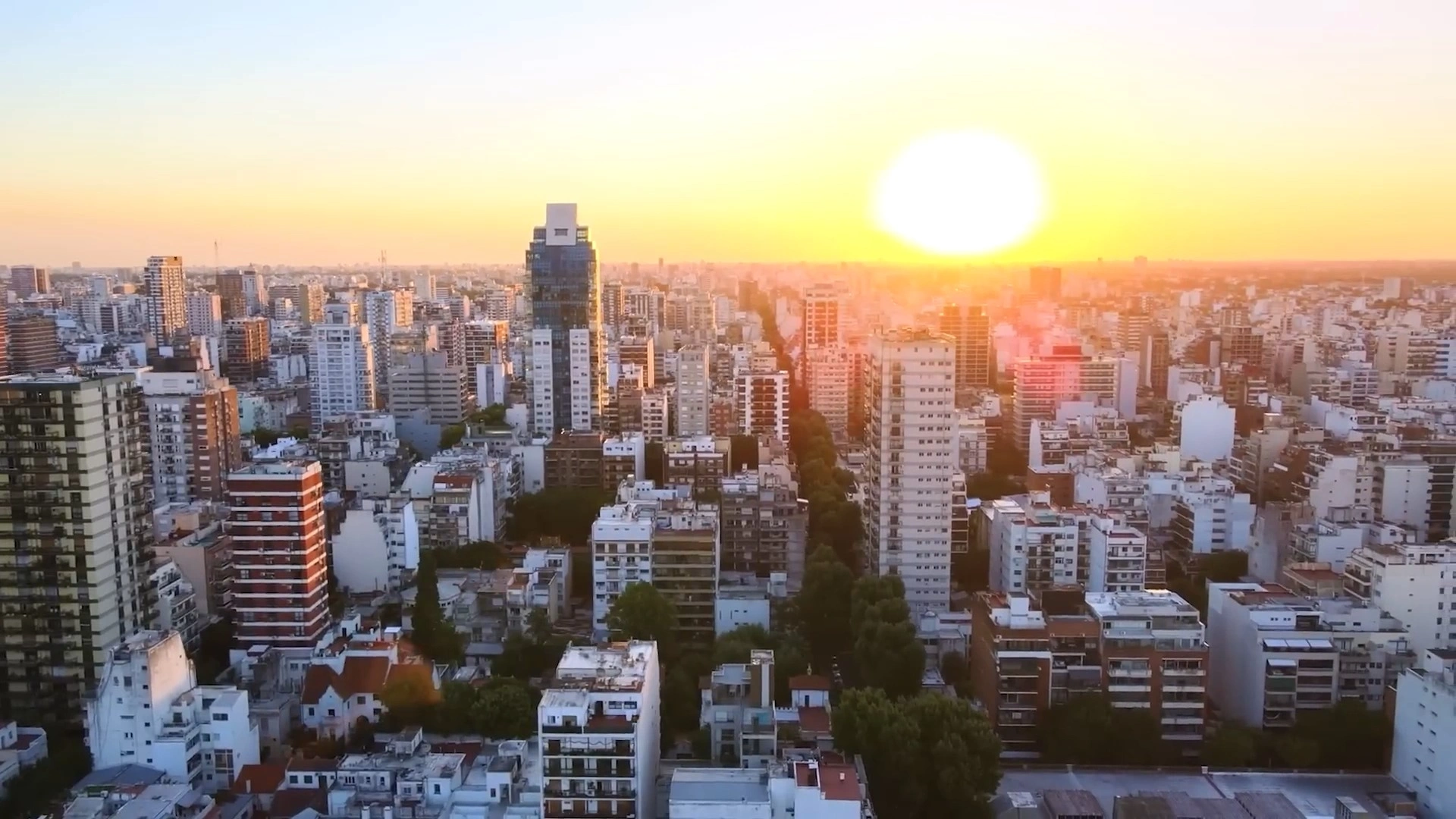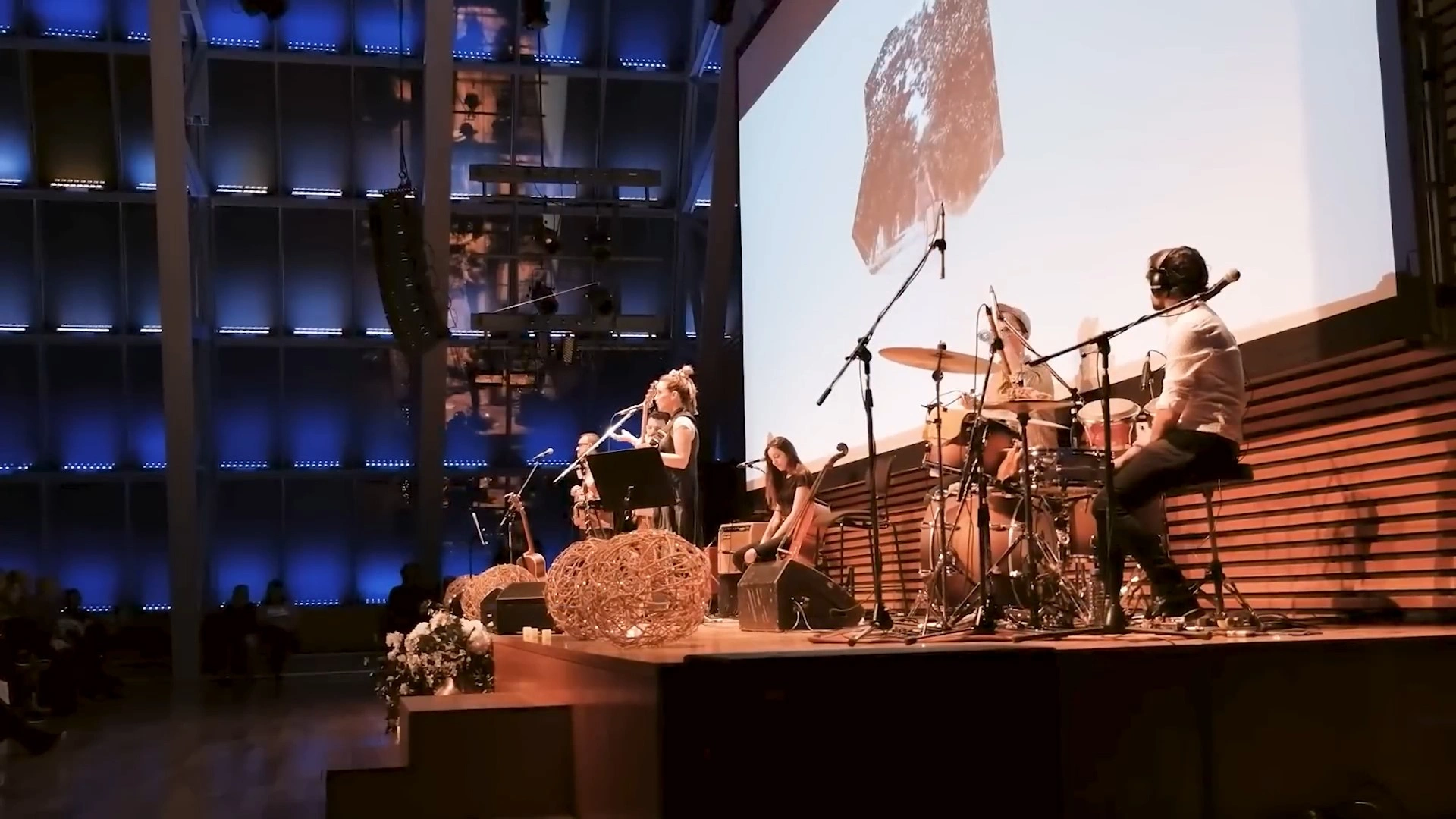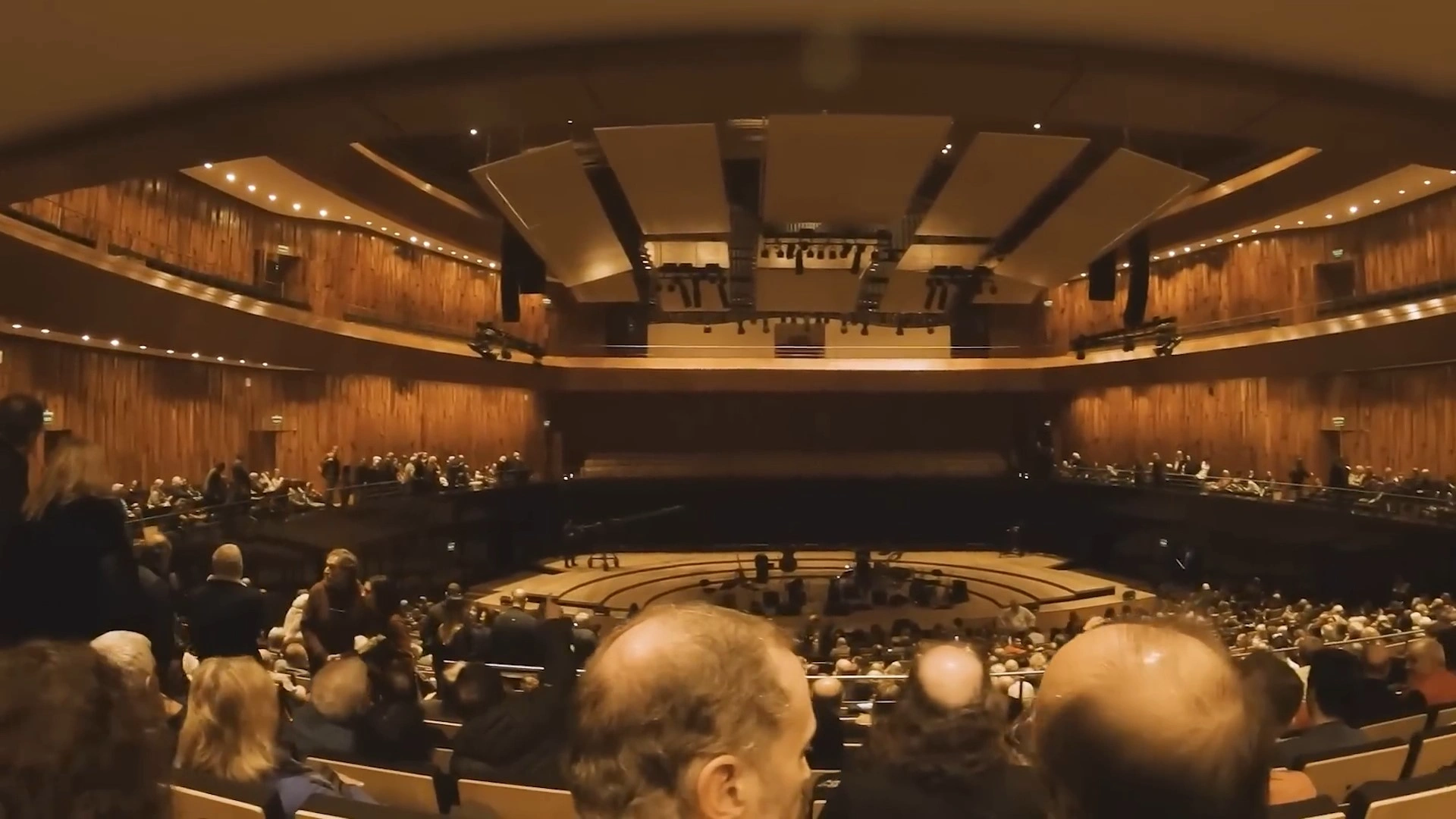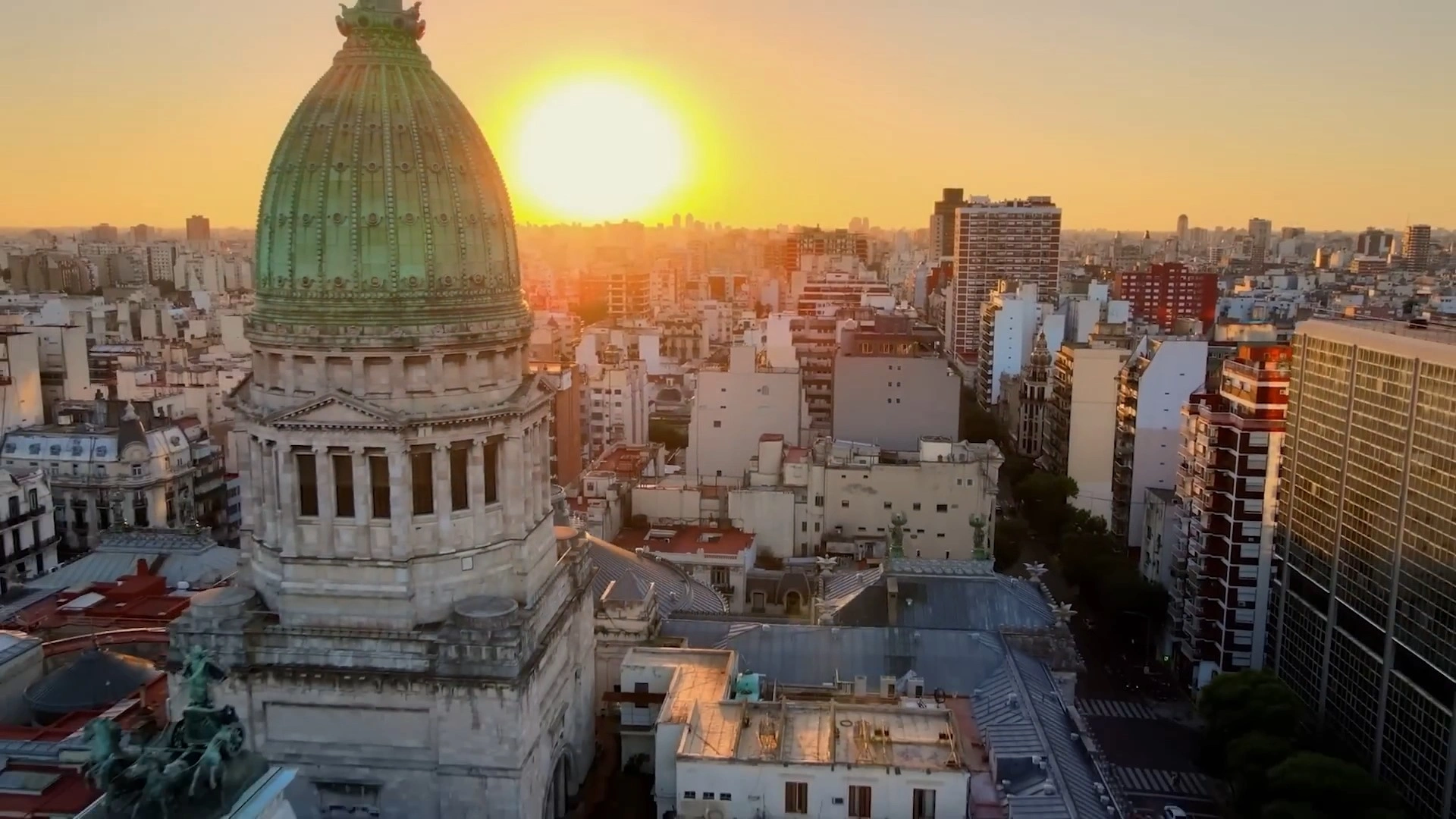Buenos Aires, the capital city of Argentina, is a vibrant and clamouring metropolis known for its rich social legacy, shocking design, and enthusiastic inhabitants. Arranged on the eastern shore of the Rio de la Plata, Buenos Aires is a city that seamlessly mixes European impacts with Latin American energy, creating a remarkable and dynamic climate. From the fabulous roads and exquisite castles of the Recoleta neighbourhood to the colourful road art and tango-filled roads of La Boca, Buenos Aires offers a different scope of experiences for visitors to investigate.
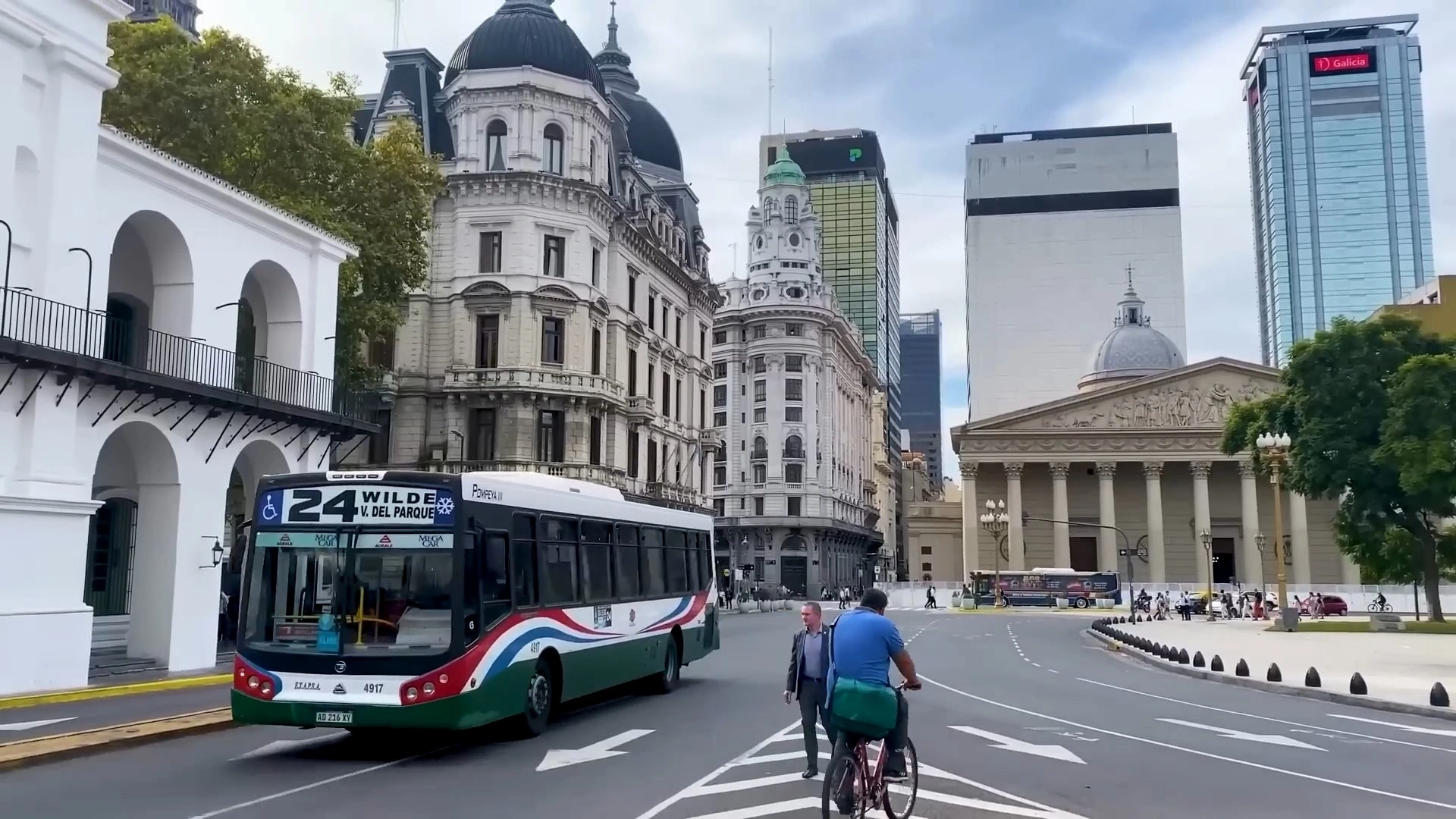
Buenos Aires: A Vibrant and Social City
Buenos Aires, the capital city of Argentina, is a vibrant and social metropolis that enamors visitors with its rich history, different designs, and energetic arts scene. Known for its European impacts, Buenos Aires seamlessly mixes Old World fascinate with cutting-edge Latin American energy, creating a novel climate that is both enthralling and charming.
As quite possibly the biggest city in South America, Buenos Aires is a clamouring centre of action, with something to offer each kind of voyager. Whether you are a history buff, foodie, art fan, or basically hoping to absorb the nearby culture, Buenos Aires has something for everybody.
The city’s engineering is a genuine impression of its novel mix of impacts. From the stupendous French-style structures of Recoleta to the colourful Caminito road in the bohemian neighbourhood of La Boca, Buenos Aires is a dining experience for the eyes. The city’s iconic landmarks, like the Obelisco and Casa Rosada, stand as demonstrations of the city’s rich history and political significance.
However, in addition to the design that separates Buenos Aires, individuals and their enthusiasm for life genuinely make the city sparkle. Porteños, as local people are known, are glad for their city and their culture, and their affection for tango, soccer, and mate (a customary Argentine beverage) is irresistible.
One of the most outstanding ways of submerging yourself in the nearby culture is by investigating Buenos Aires’ numerous neighbourhoods, each with its own unmistakable character. Palermo, with its trendy bars and store shops, is the ideal spot to experience the city’s vibrant nightlife. San Telmo, with its cobblestone roads and exuberant Sunday market, offers a brief look into Buenos Aires’ bohemian past. Furthermore, Puerto Madero, a recently redeveloped waterfront region, showcases the city’s cutting-edge side with smooth, tall structures and upscale restaurants.
Obviously, no visit to Buenos Aires would be complete without encountering the city’s flourishing arts scene. From the incredibly famous Teatro Colón opera house to the endless exhibitions and road art shows dispersed all through the city, Buenos Aires is a world-renowned hub for art darlings. Furthermore, we should not disregard tango, the sexy dance that was brought into the world on the roads of Buenos Aires and has since turned into a darling social image.
Notwithstanding its social attractions, Buenos Aires likewise flaunts a flourishing culinary scene that mirrors the city’s different legacy. From conventional Argentine steakhouses, known as parrillas, to trendy combination restaurants presenting creative dishes, Buenos Aires offers a gastronomic excursion that will tempt your taste buds.
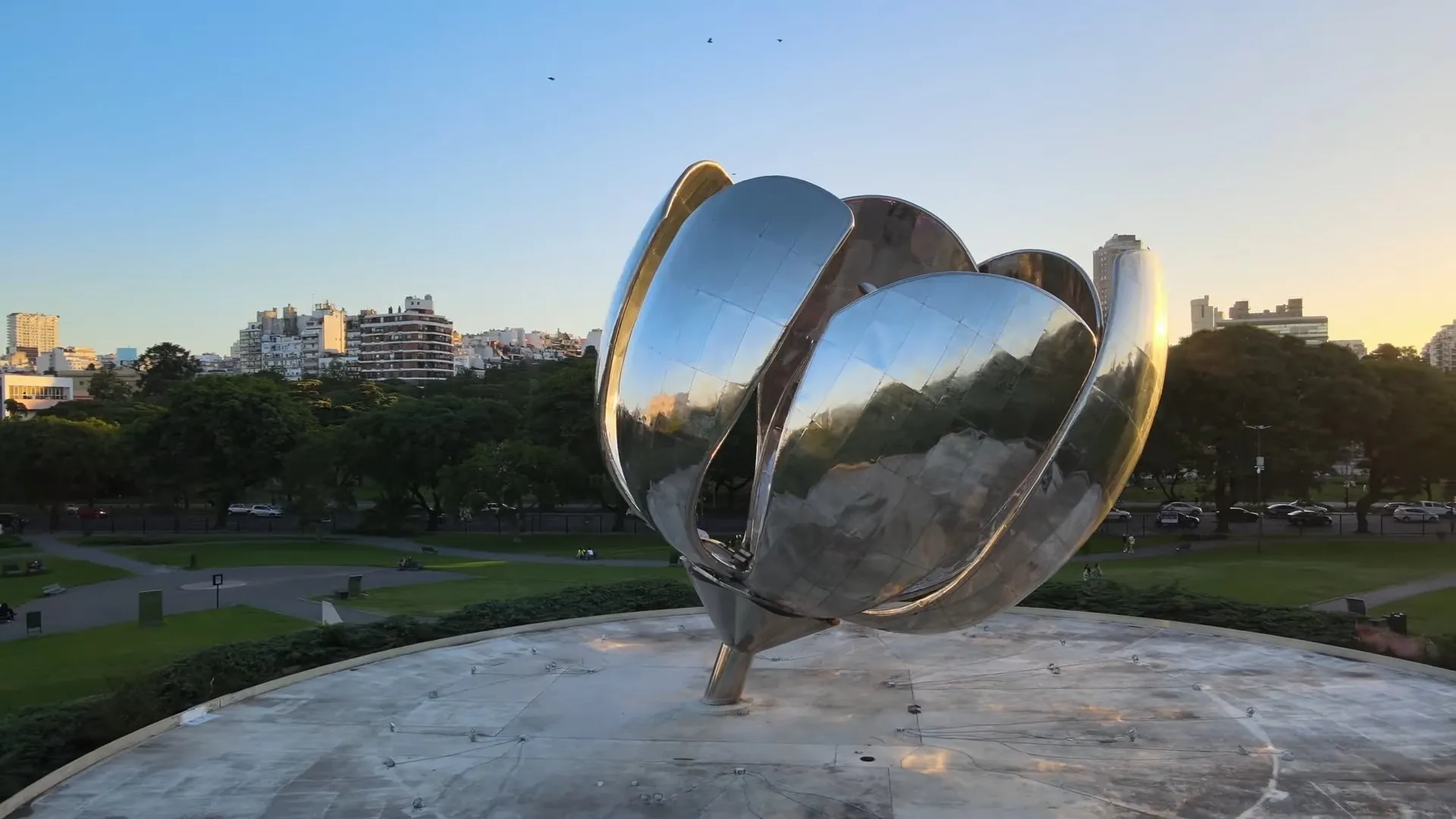
Investigating the Neighbourhoods of Buenos Aires: From Palermo to San Telmo
Buenos Aires is a city loaded with vibrant neighbourhoods, each with its own special person and appeal. From the trendy roads of Palermo to the notable barrios of San Telmo, investigating the different neighbourhoods of Buenos Aires is a must for any visitor to the Argentine capital.
We should start our excursion in Palermo, one of the biggest neighbourhoods in Buenos Aires and a #1 among locals and vacationers alike. Known for its trendy shops, hip bistros, and vibrant road art, Palermo is a clamouring centre point of movement constantly. The area is partitioned into several more modest segments, each with its own unmistakable energy. Palermo Soho is a sanctuary for style darlings, with shops, clothing stores, and trendy stores covering its cobblestone roads. Palermo Hollywood, then again, is a focal point for bars, restaurants, and nightlife, with a variety of choices for food and beverages.
Then, we continue on towards Recoleta, an upscale area known for its lovely design, upscale shops, and the popular Recoleta Graveyard. The graveyard is a must-visit for history buffs and art fans, with its intricate tombs and sculptures giving an intriguing look into Argentina’s rich social legacy. Recoleta is likewise home to the shocking Recoleta Social Centre, a centre for art displays, shows, and exhibitions.
From Recoleta, we advance towards San Telmo, one of the oldest neighbourhoods in Buenos Aires and #1 among history buffs and art sweethearts. The cobblestone roads of San Telmo are fixed with frontier structures, art displays, and secondhand stores and shops, giving the area a bohemian air that is unparalleled in the city. Each Sunday, the locals wake up at the well-known San Telmo Market, where visitors can peruse slow-down sellers selling everything from rare apparel to handcrafted goods.
Continuing on, we show up in La Boca, a colourful area known for its vibrant road art, tango exhibitions, and the iconic Caminito road. The area was once home to Italian workers, and their impact can, in any case, be seen in the splendidly painted houses that line the roads. La Boca is likewise home to the popular Boca Youngsters football club, making it a must-visit for avid supporters hoping to experience the enthusiasm and energy of Argentine soccer.
At last, we end our local visit in Puerto Madero, a cutting-edge waterfront area that is a glaring contrast to the notable barrios of Buenos Aires. As a clamouring port region, Puerto Madero has been transformed into a smooth, upscale area loaded up with extravagance, elevated structures, trendy restaurants, and upscale shops. Visitors can walk around the waterfront promenade, partake in a feast at one of the numerous waterfront restaurants, or visit the striking Puente de la Mujer span, planned by famous planner Santiago Calatrava.
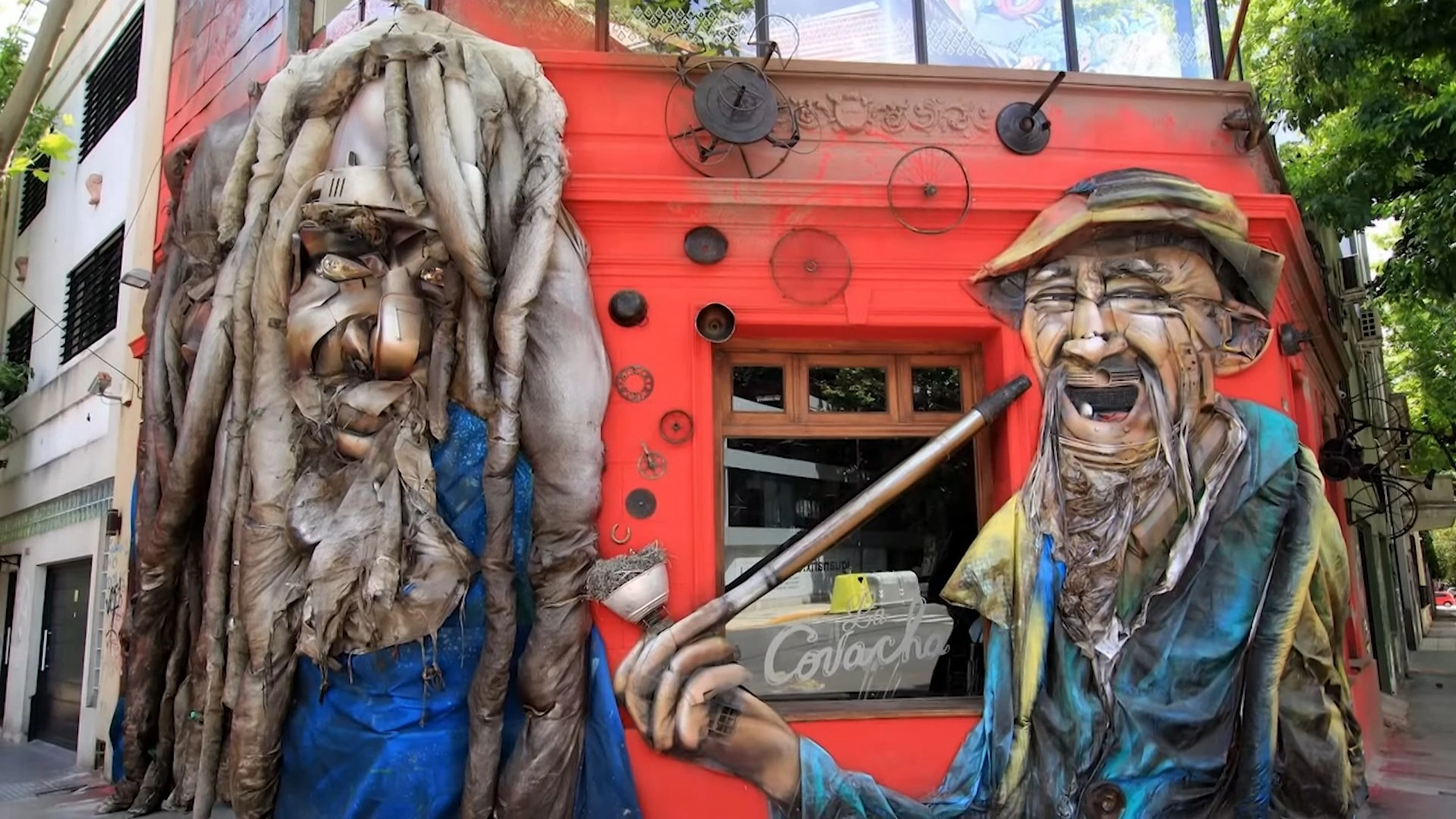
The Rich History of Buenos Aires: From the Spanish Colonisation to the Tango Era
Buenos Aires, the capital city of Argentina, has a rich history that traces all the way back to the time of Spanish colonization. The starting point of the city can be traced back to 1536, when Spanish traveller Pedro de Mendoza laid out a settlement along the banks of the Rio de la Plata. However, because of assaults by native clans and cruel day-to-day environments, the settlement was ultimately deserted.
It was only after 1580, when Juan de Garay established the city of Buenos Aires, that it started to thrive. The Spanish constructed a port in the city, which immediately turned into a significant exchange centre for the Spanish Realm. Buenos Aires developed quickly, drawing in foreigners from Europe who carried with them their traditions, customs, and dialects. The city’s populace turned into a mixture of cultures, creating a novel mix of European and Latin American impacts.
During the nineteenth century, Buenos Aires assumed a critical role in Argentina’s battle for freedom from Spain. The city was the focal point of political and social movements that moulded the nation’s future. In 1810, Buenos Aires pronounced its independence from Spain, denoting the start of a long and fierce excursion towards independence. The city turned into the capital of the recently framed Argentine Republic in 1880, solidifying its status as the social and monetary heart of the country.
One of the main time frames in Buenos Aires’ history is the ascent of the tango era. In the late nineteenth century, tango music and dance arose in the city’s common neighbourhoods, mixing African, European, and native nfluences. Tango immediately turned into an image of Argentina’s personality, communicating the energy and strength of its kin. The dance spread to other worlds, charming crowds with its sexy movements and profound force.
The tango era arrived at its peak during the mid-20th century, when Buenos Aires experienced a social renaissance. The city’s bistros, theatres, and ballrooms became hotspots for artists, musicians, and educated people who embraced the tango as a lifestyle. Tango music legends, for example, Carlos Gardel and Astor Piazzolla, arose, characterising the class and moulding its advancement. The tango era changed Buenos Aires’ social landscape as well as its standing as a worldwide social capital.
Today, Buenos Aires keeps on praising its rich history through its engineering, music, dance, and cuisine. The city’s roads are fixed with exquisite frontier structures, vibrant road art, and clamouring markets that mirror its different legacy. Visitors can investigate notable landmarks like the Square de Mayo, the Obelisco, and the colourful neighbourhoods of La Boca and San Telmo, where tango exhibitions actually happen on the cobblestone roads.
The rich history of Buenos Aires is a demonstration of the city’s versatility and imagination. From its modest starting points as a Spanish settlement to its ascent as a worldwide social capital during the tango era, Buenos Aires has forever been a position of development and articulation. The city’s vibrant past keeps on moulding its present, making it an entrancing destination for voyagers who need to investigate Argentina’s social legacy.
Conclusion
Buenos Aires, the capital of Argentina, is a city that captivates visitors with its unique blend of European elegance and Latin American vibrancy. From the bustling streets of Palermo to the historic charm of San Telmo, every neighborhood offers a distinct experience. The city’s rich history, from Spanish colonization to the rise of tango, adds depth to its modern-day allure. Whether you’re exploring iconic landmarks, indulging in the local culinary delights, or immersing yourself in the thriving arts scene, Buenos Aires promises an unforgettable journey. Plan your visit to this dynamic metropolis and discover why Buenos Aires is a beloved destination for travelers worldwide.
FAQs
What is Buenos Aires known for?
Buenos Aires is known for its rich cultural heritage, vibrant arts scene, stunning architecture, and passionate inhabitants. It’s famous for tango, soccer, and its European influences blended with Latin American energy.
What are the best neighborhoods to visit in Buenos Aires?
The best neighborhoods to visit include Palermo, Recoleta, San Telmo, La Boca, and Puerto Madero, each offering unique experiences and attractions.
What are the must-see attractions in Buenos Aires?
Must-see attractions include the Obelisco, Casa Rosada, Teatro Colón, Recoleta Cemetery, and the Caminito street in La Boca.
What cultural experiences should I not miss in Buenos Aires?
Don’t miss experiencing a tango show, exploring the vibrant street art, visiting art galleries, and enjoying traditional Argentine cuisine at a parrilla.
How does Buenos Aires reflect its European and Latin American influences?
Buenos Aires reflects its influences through its architecture, cultural practices, cuisine, and overall lifestyle, blending Old World charm with modern Latin American flair.




